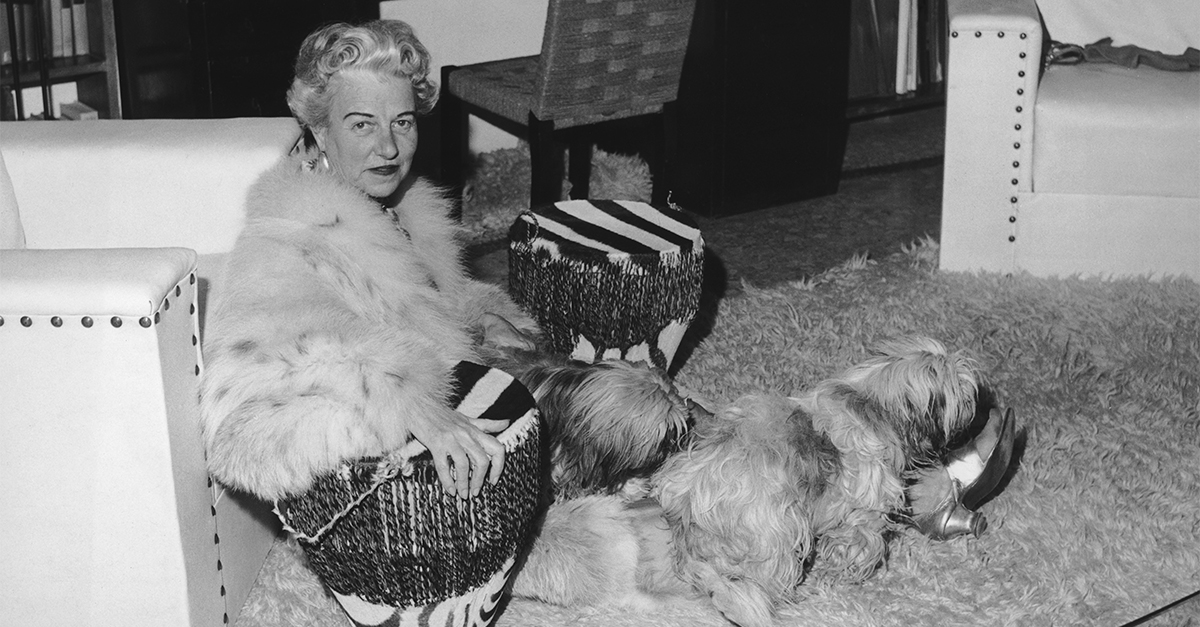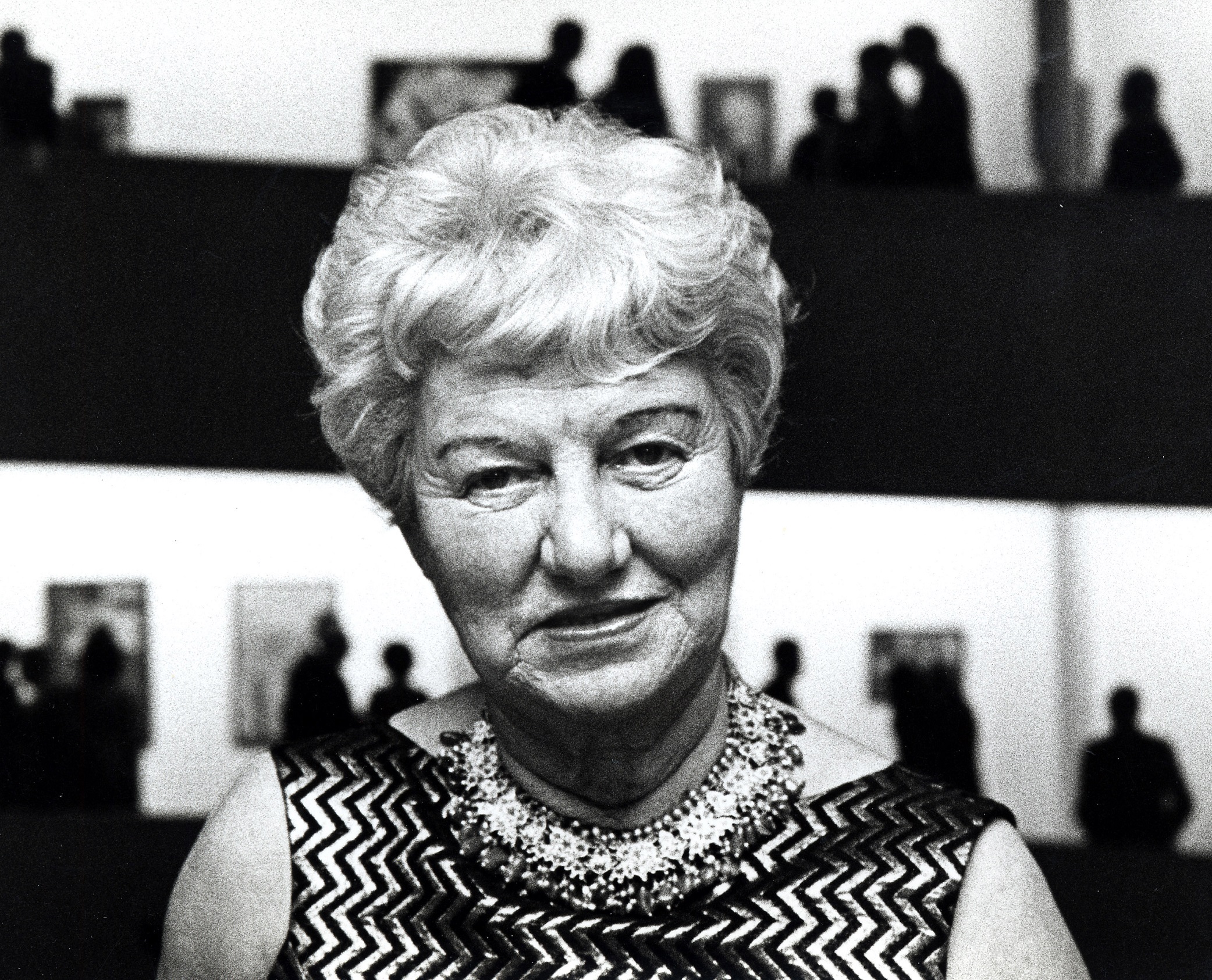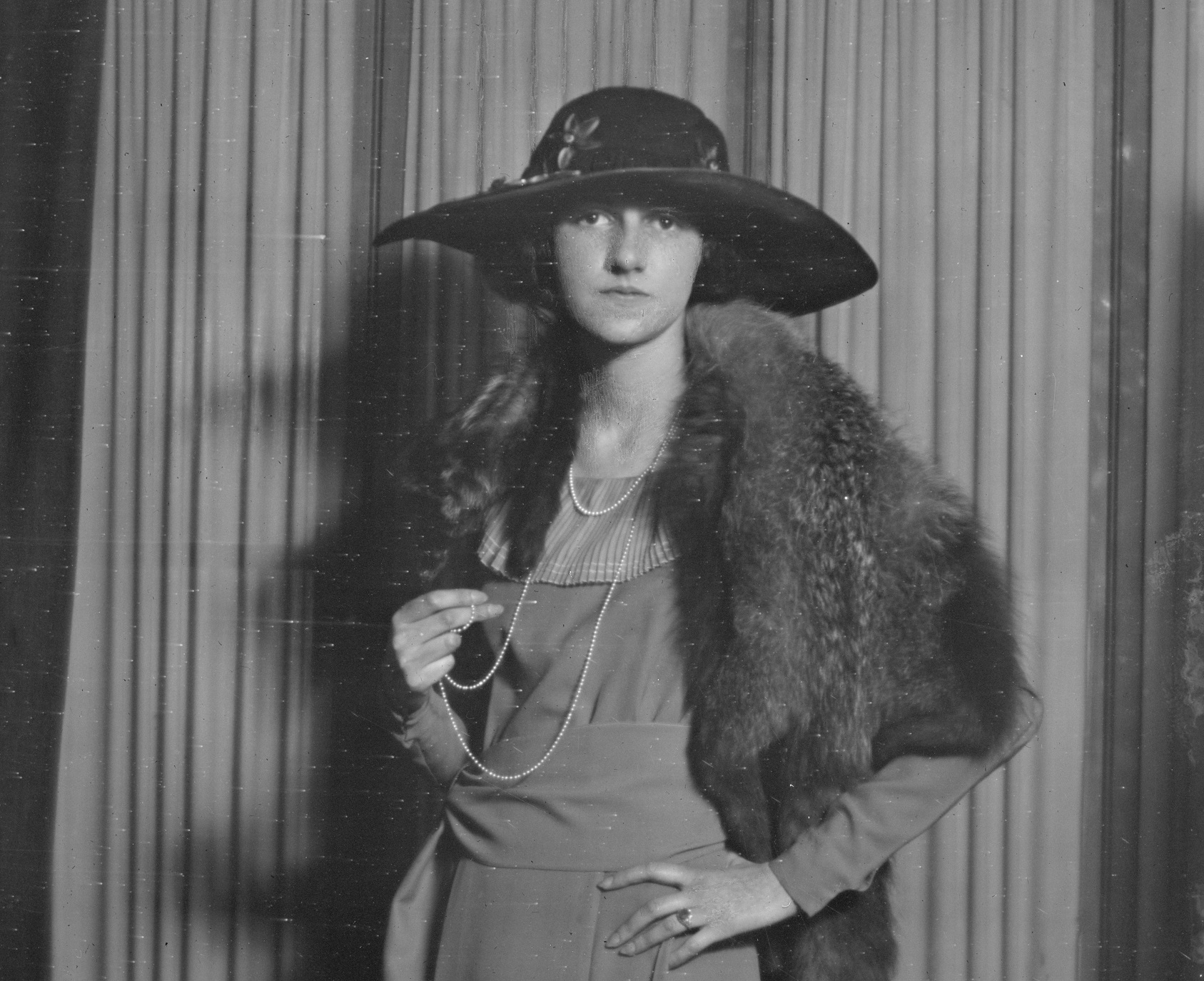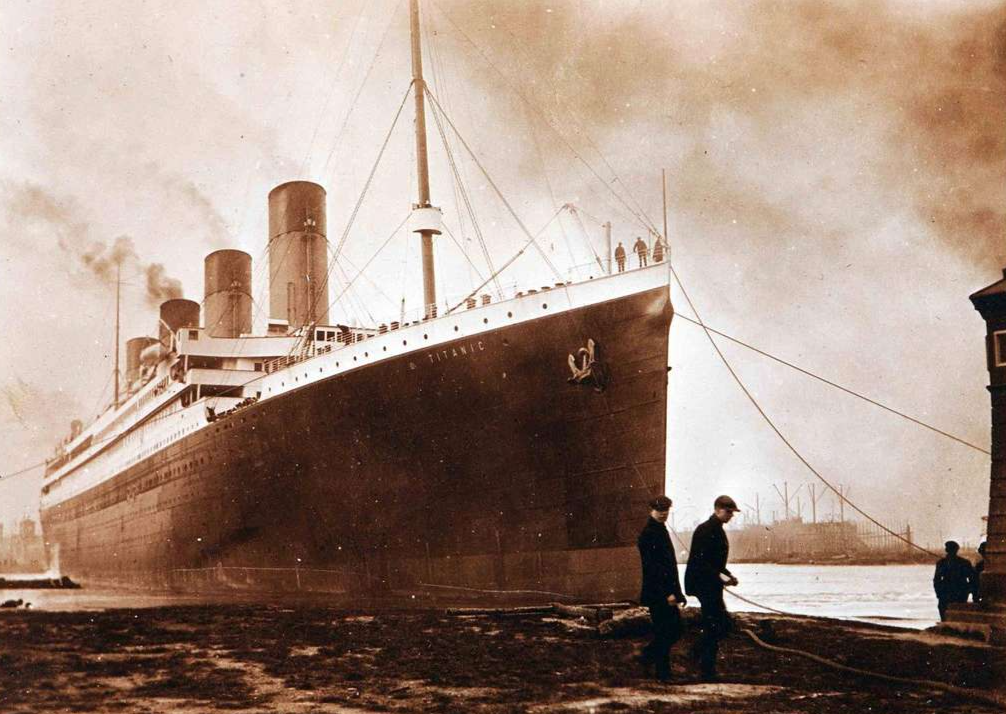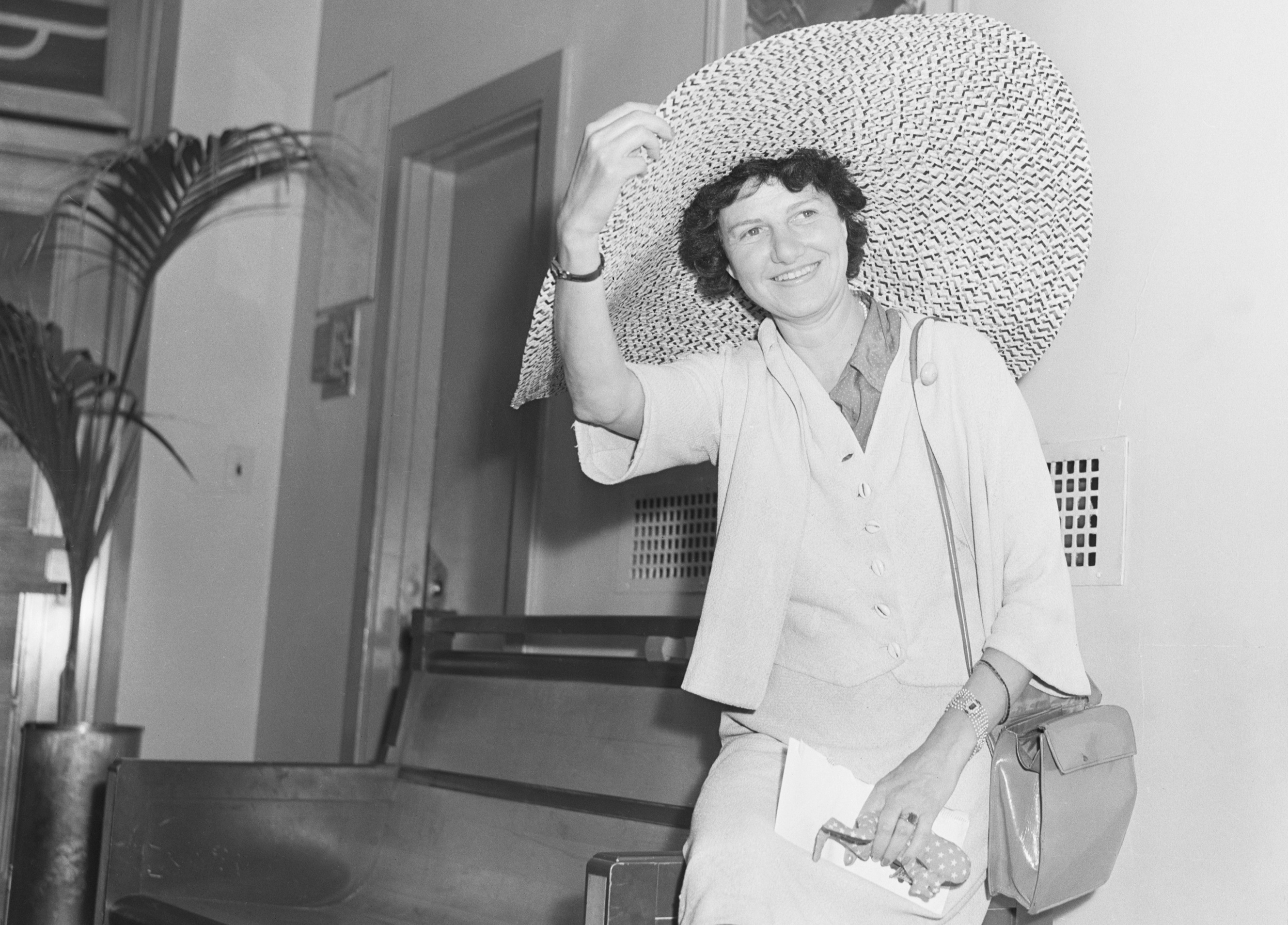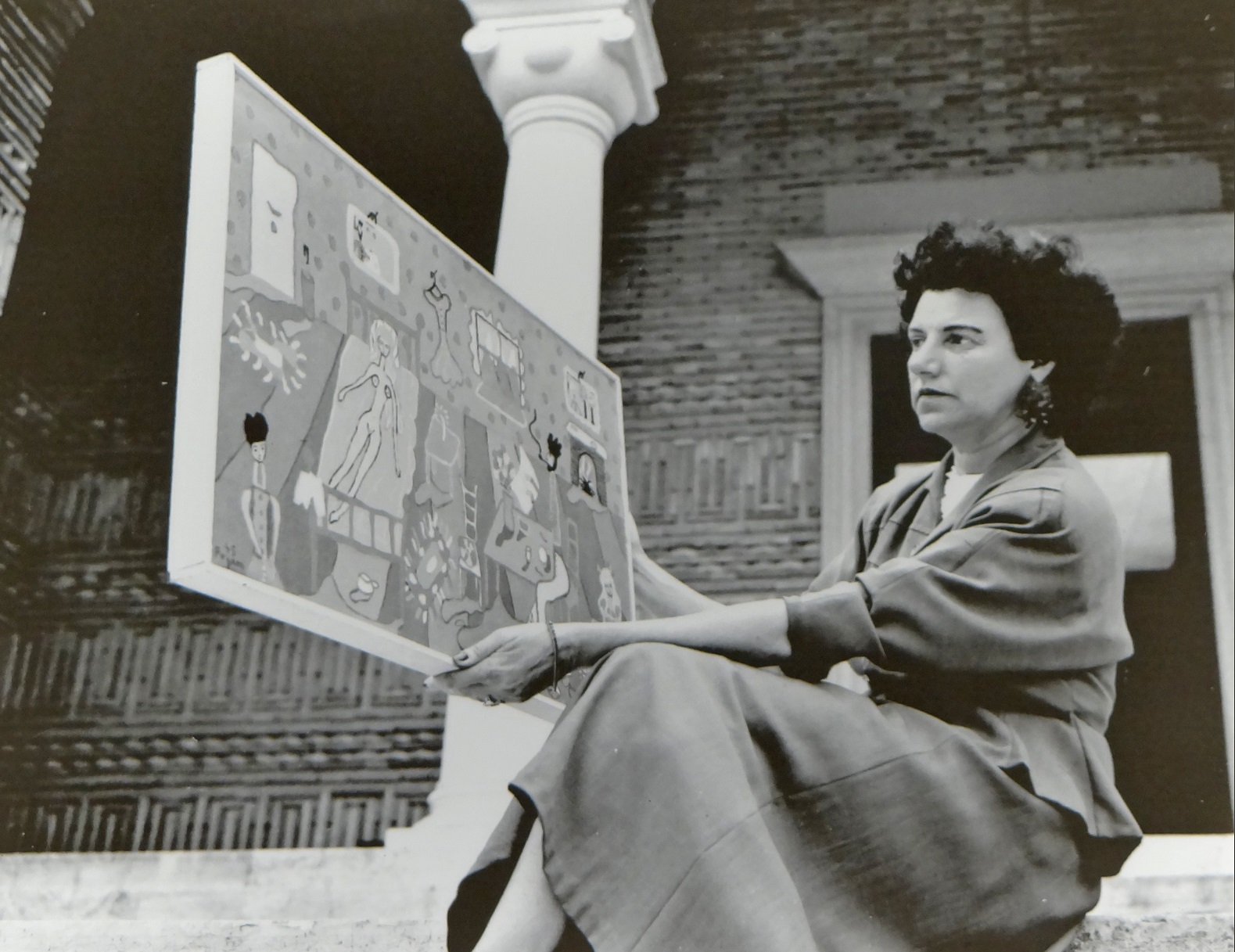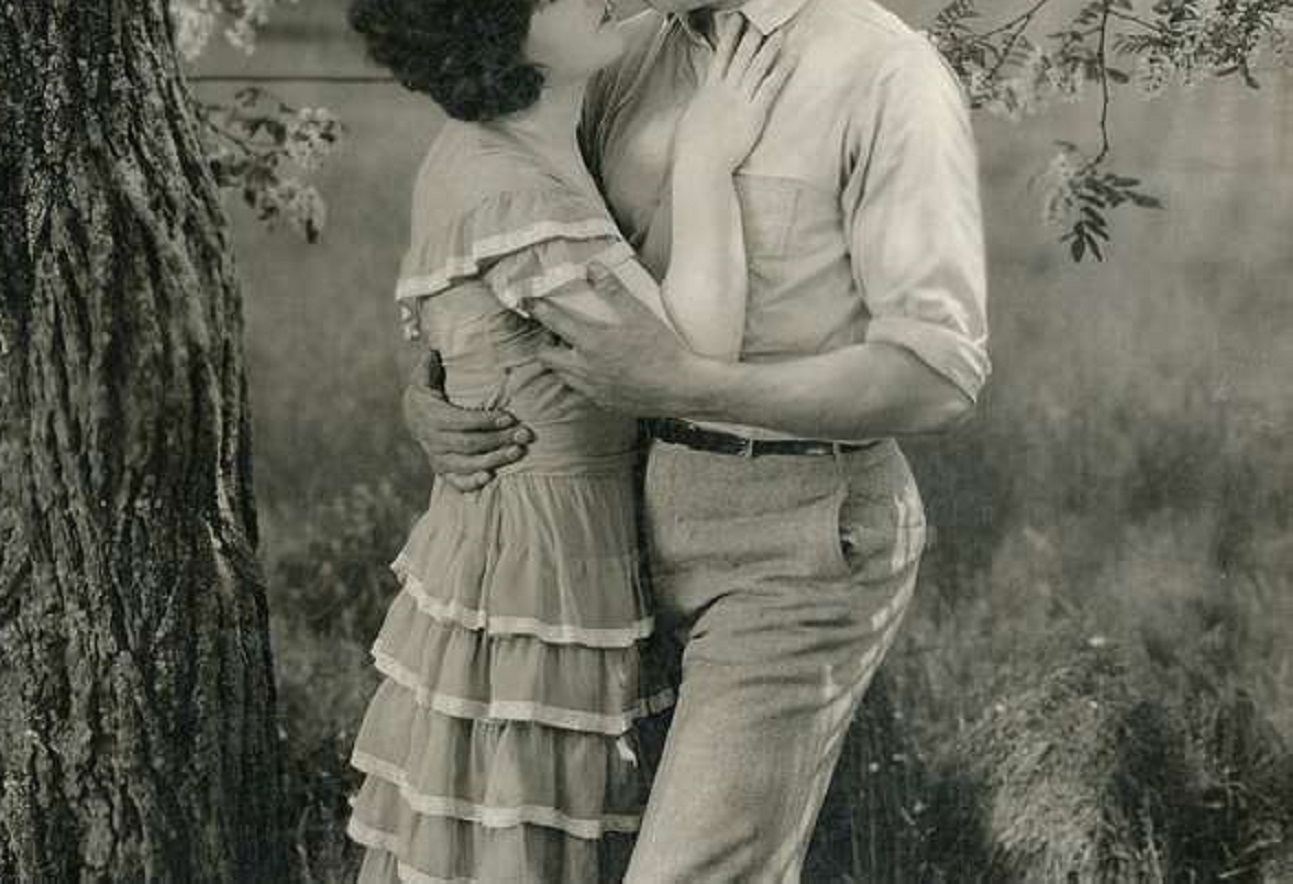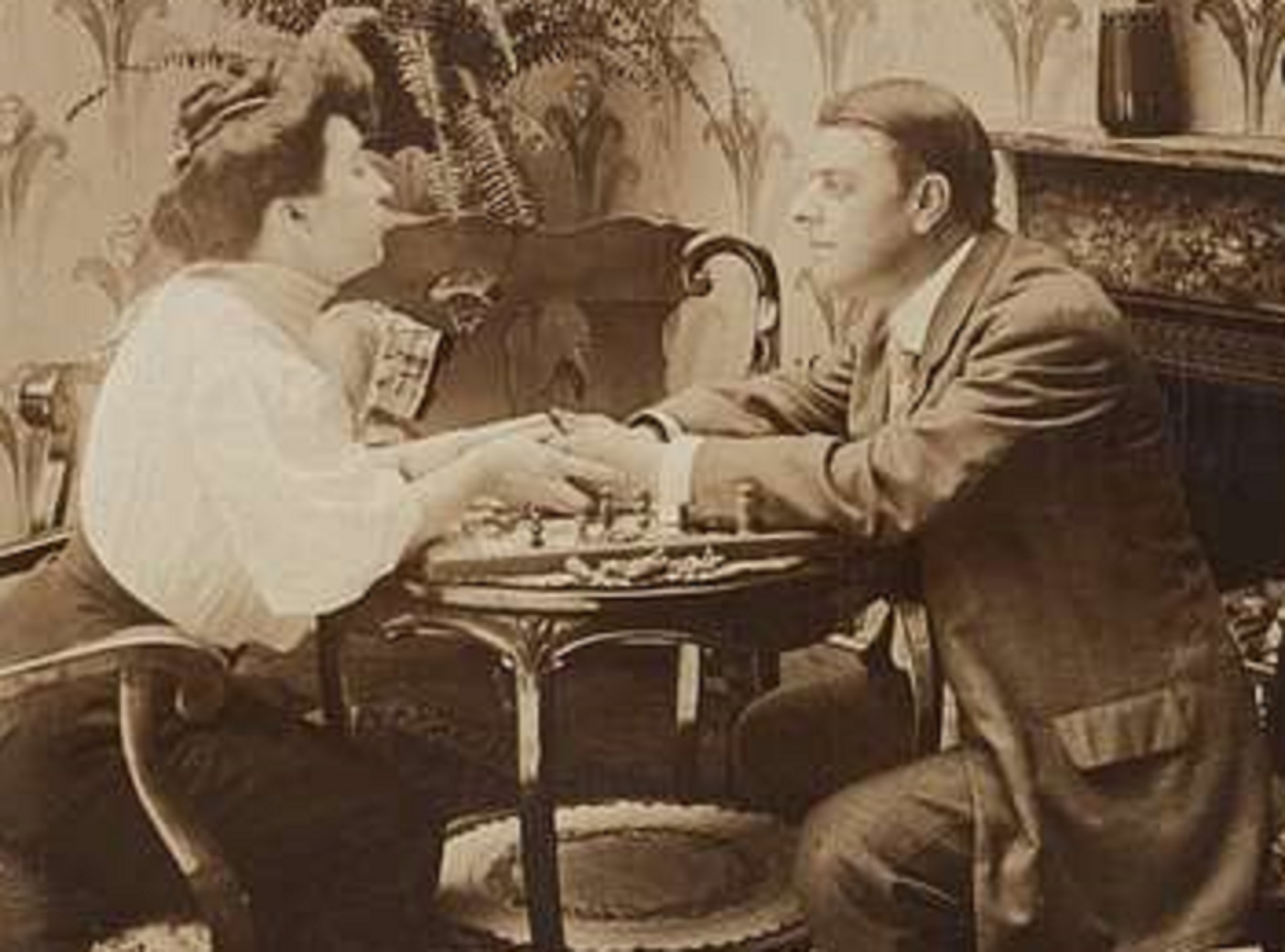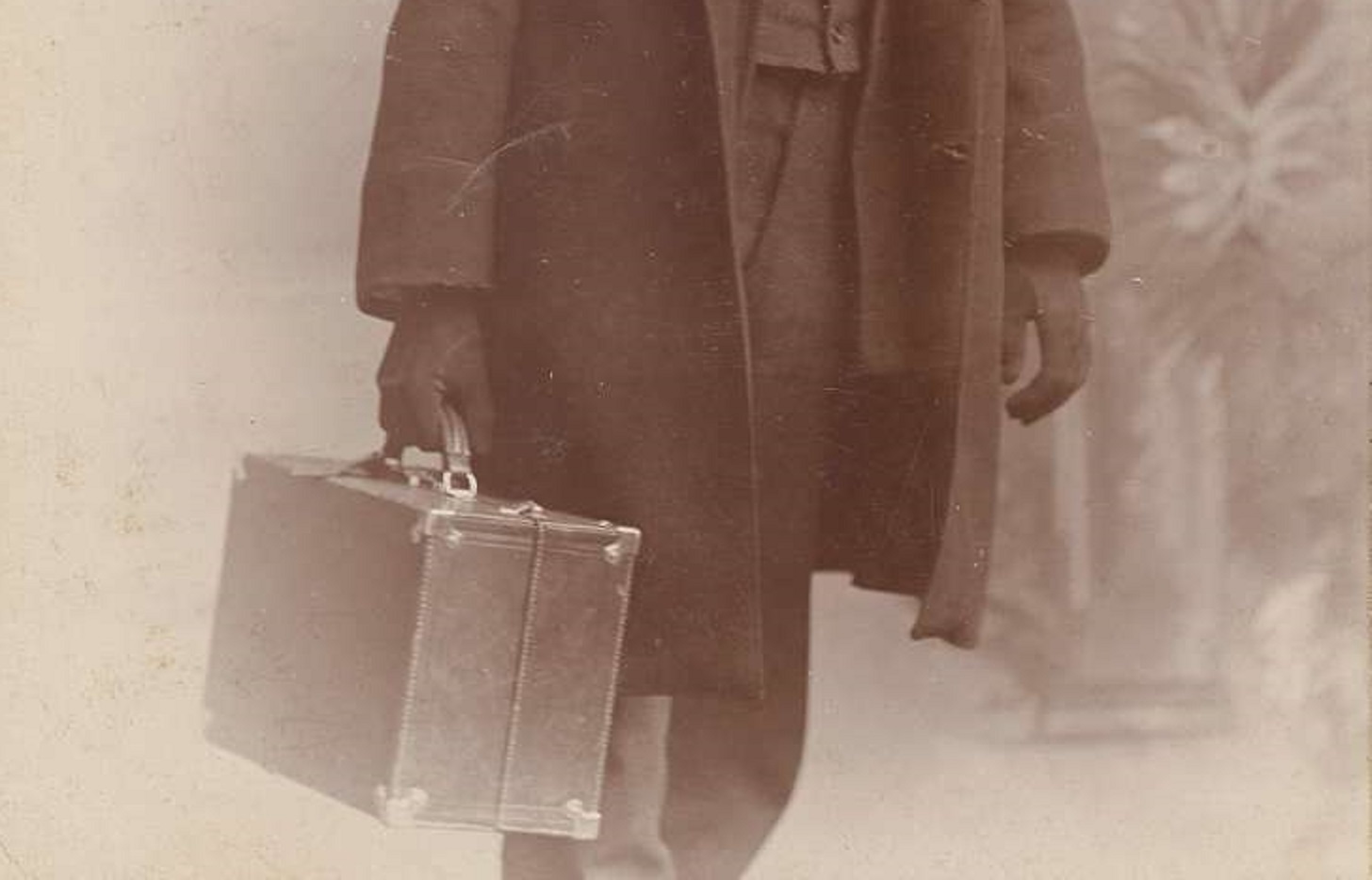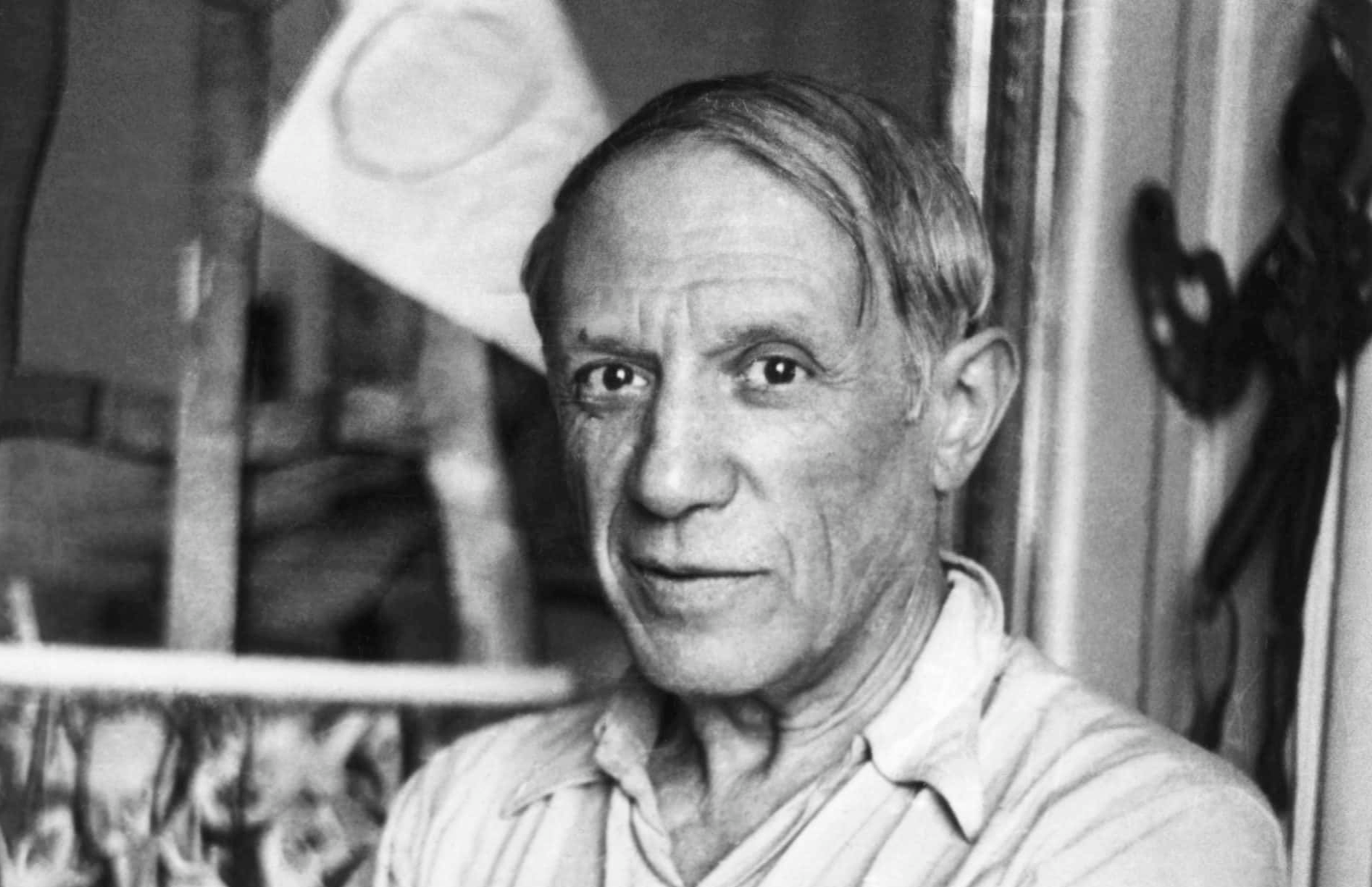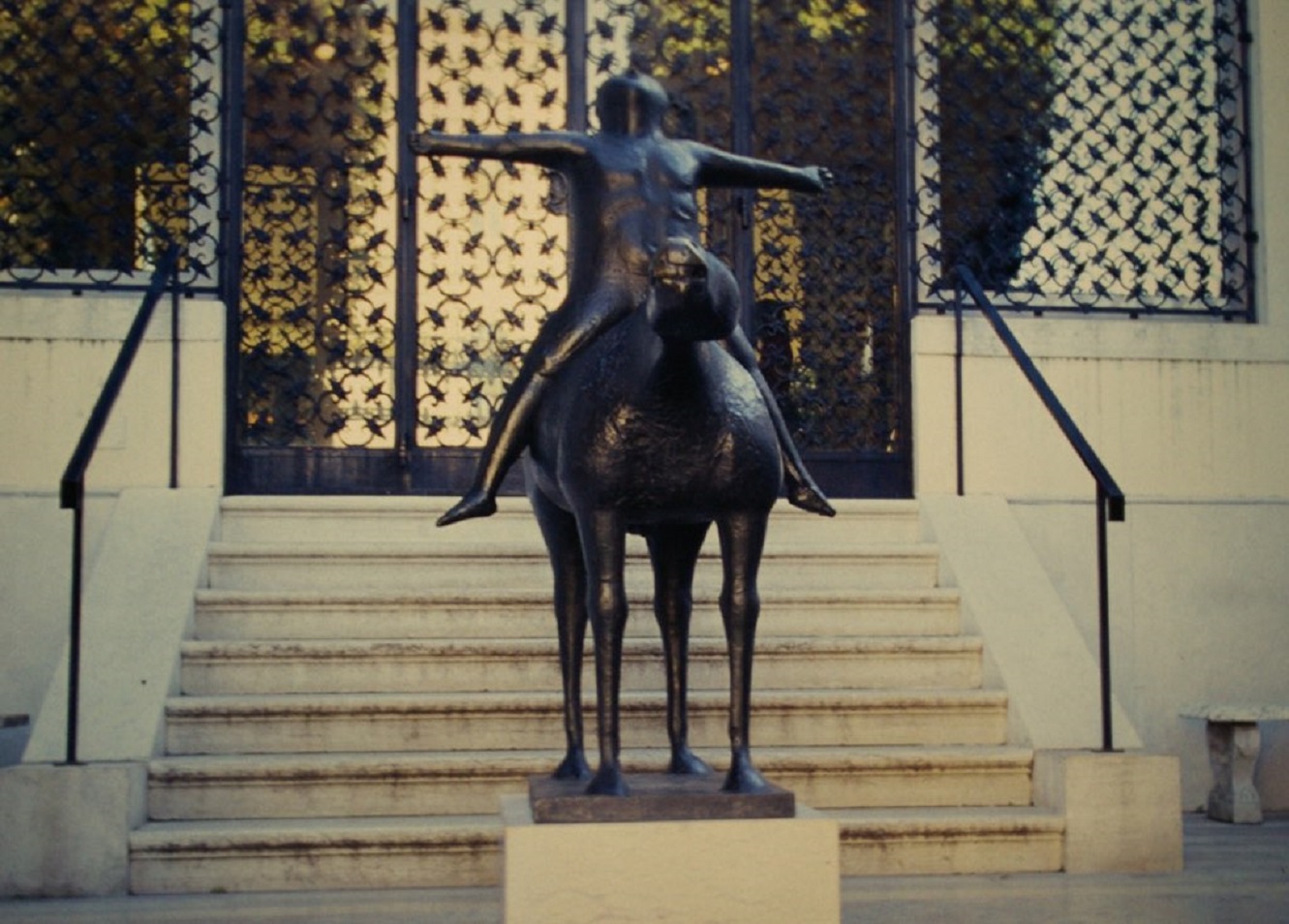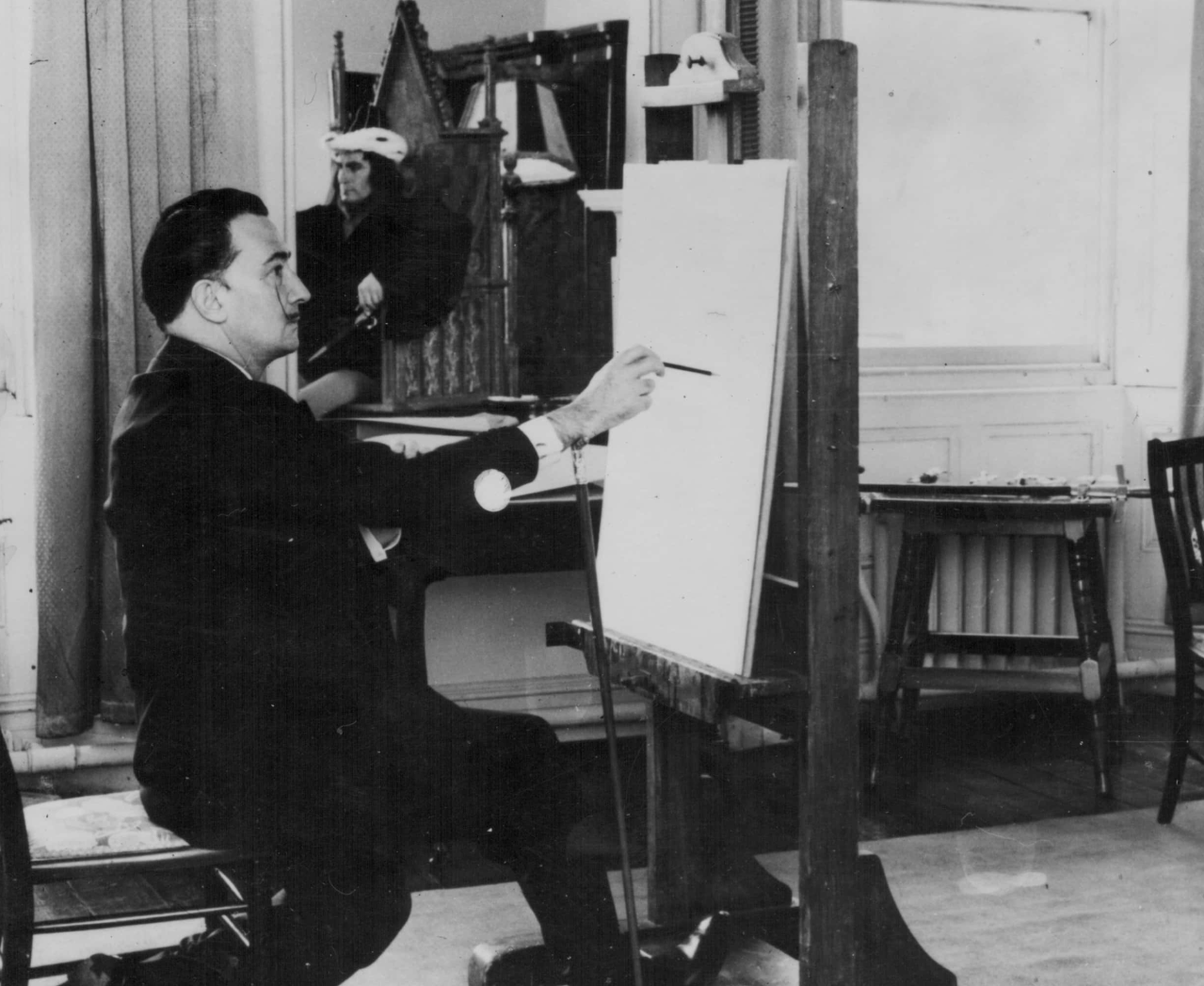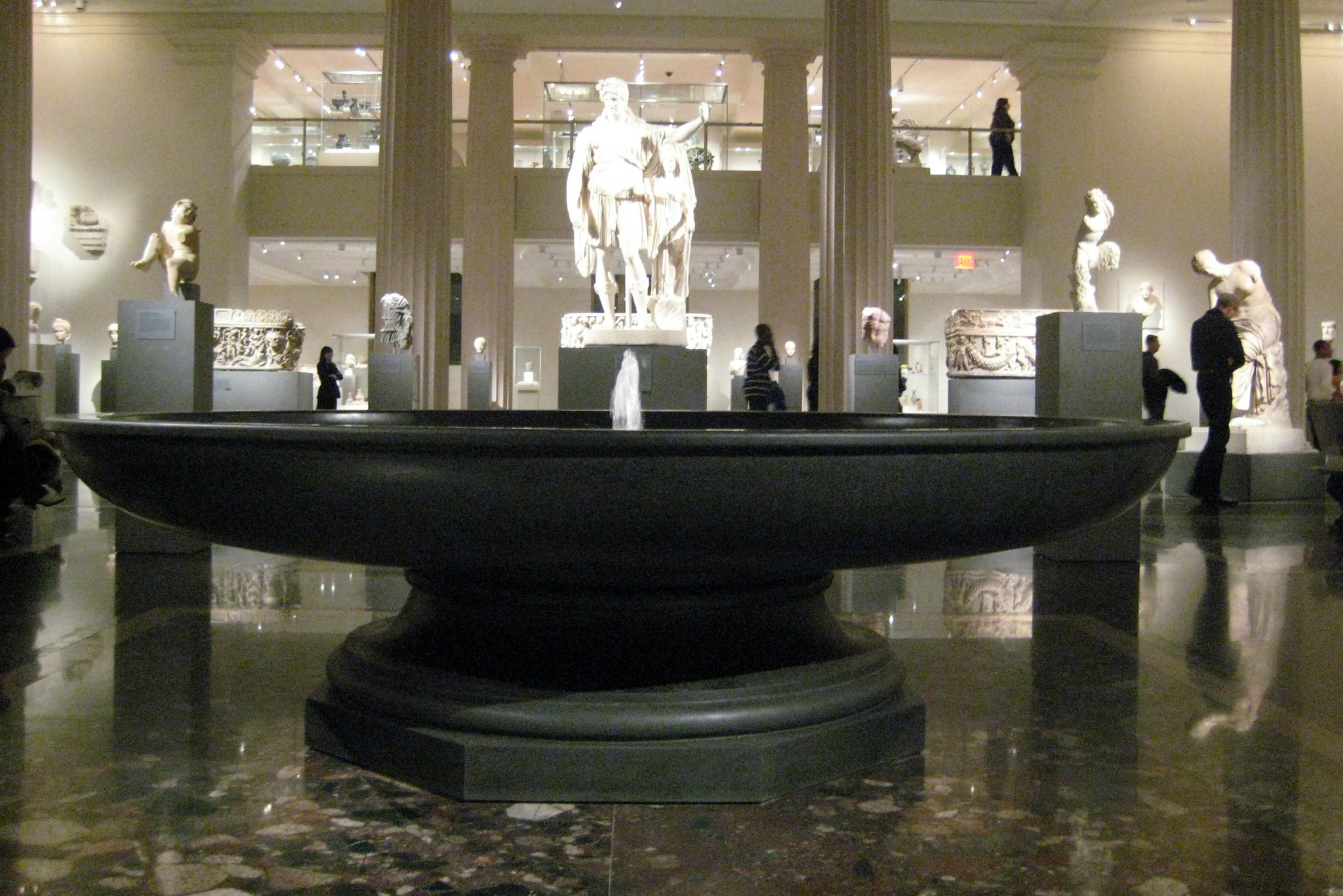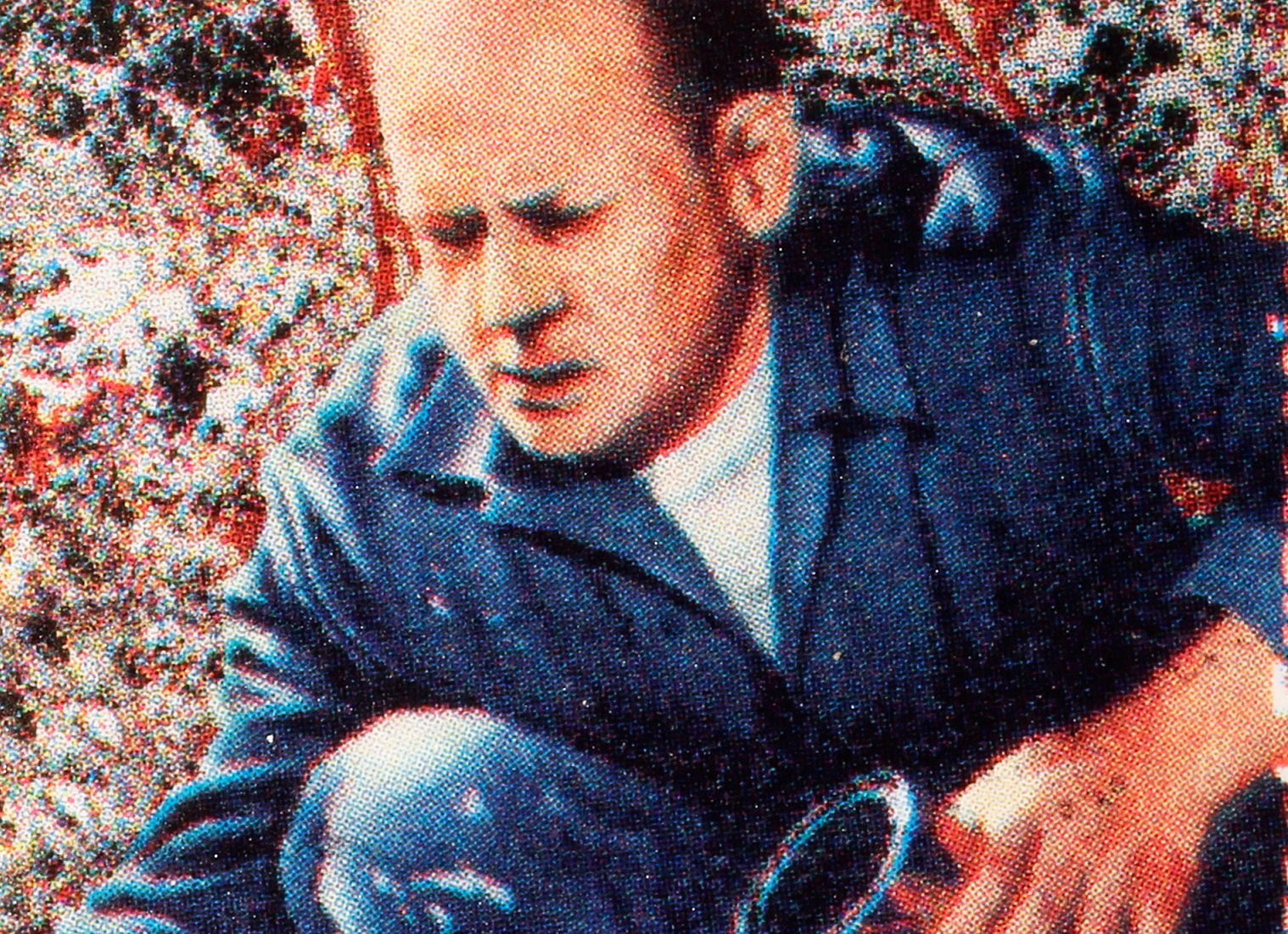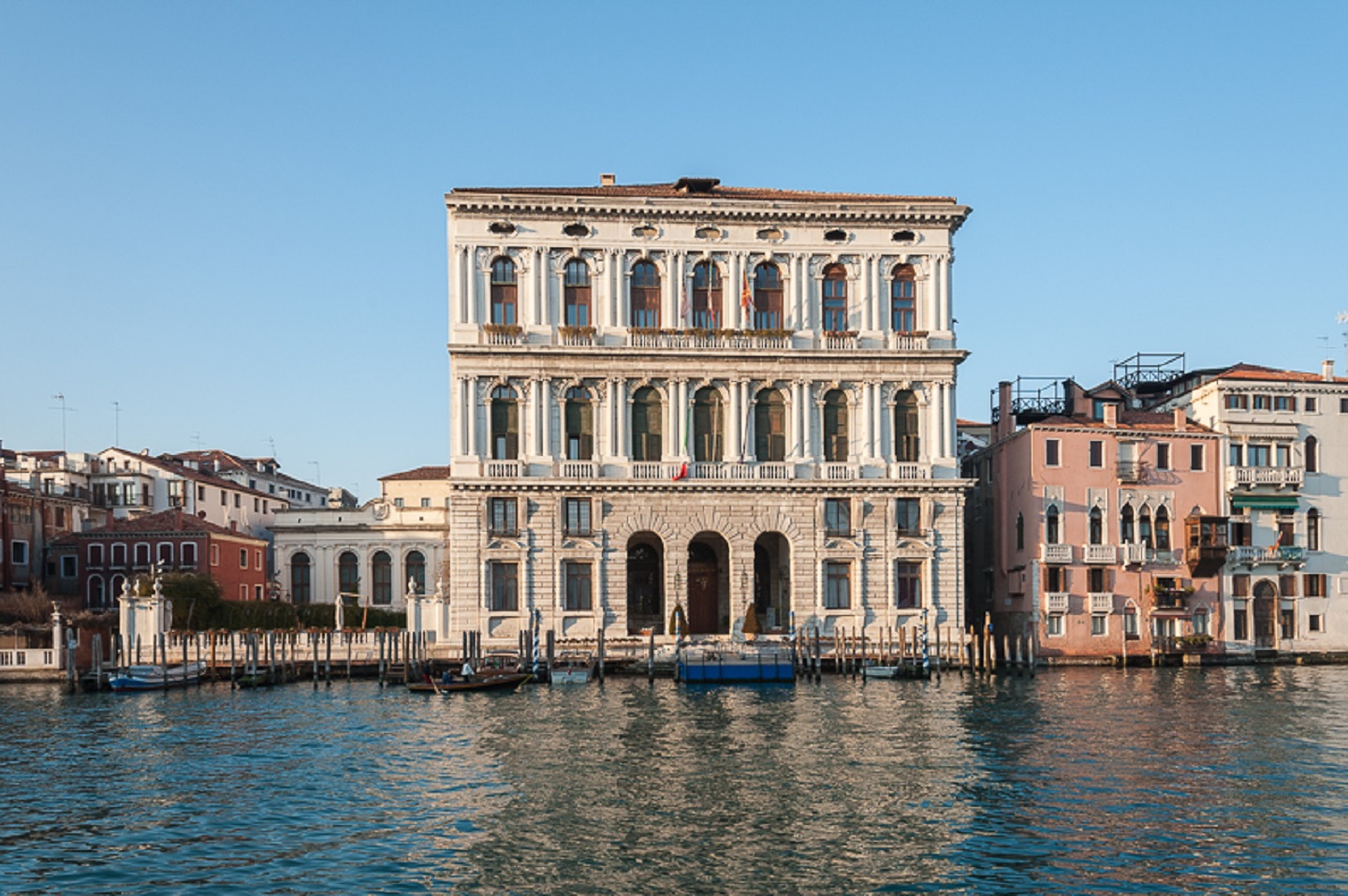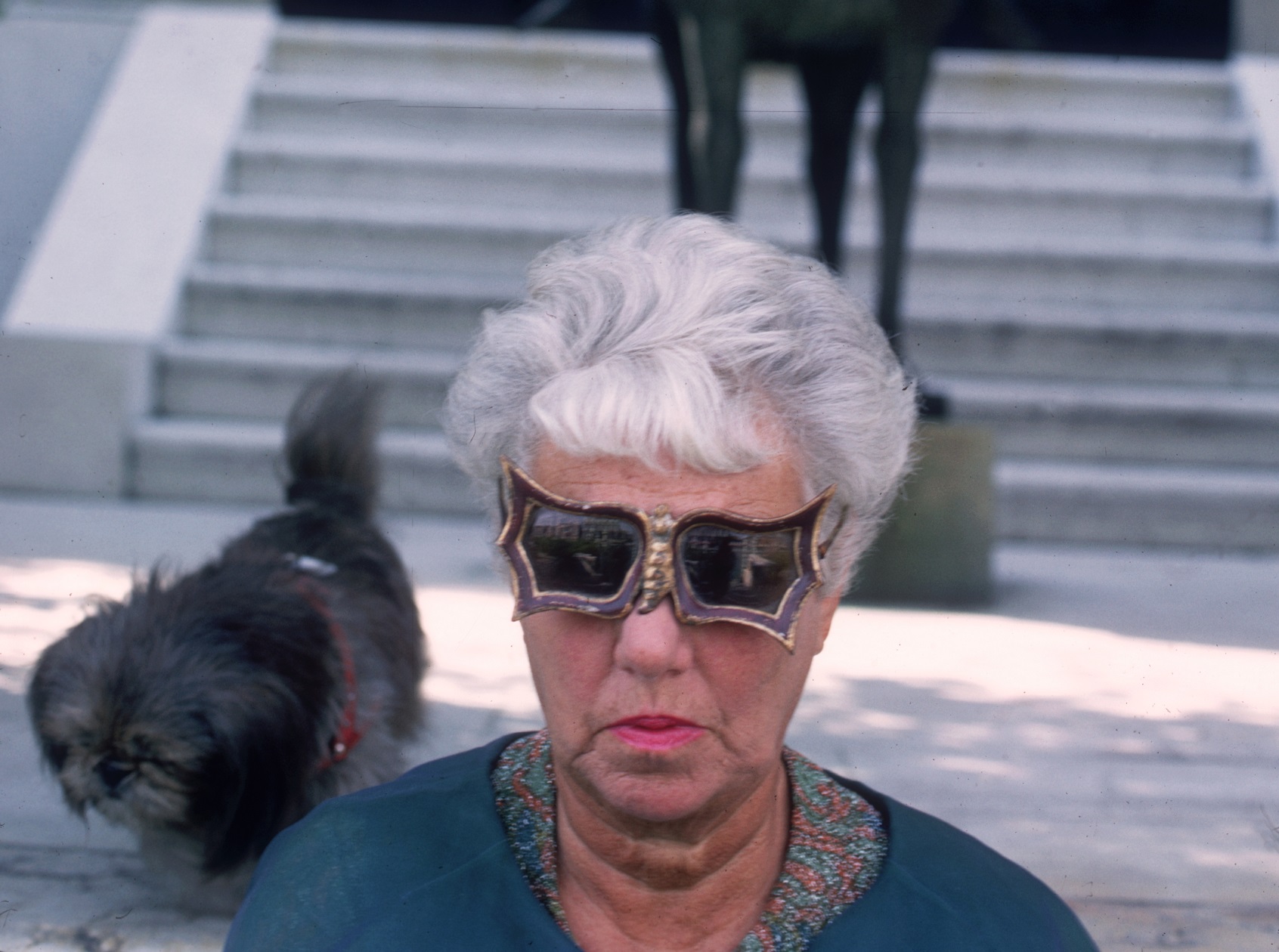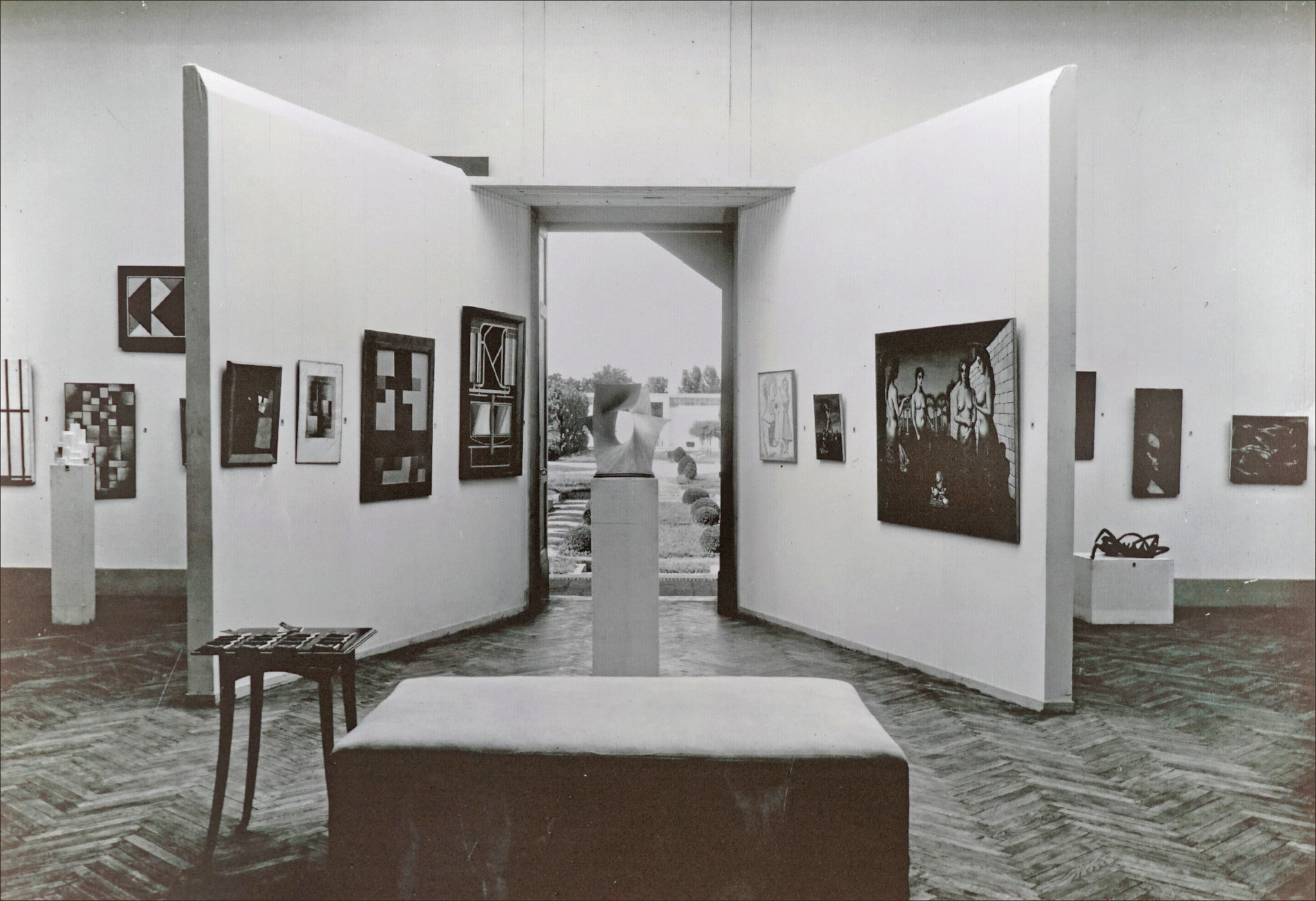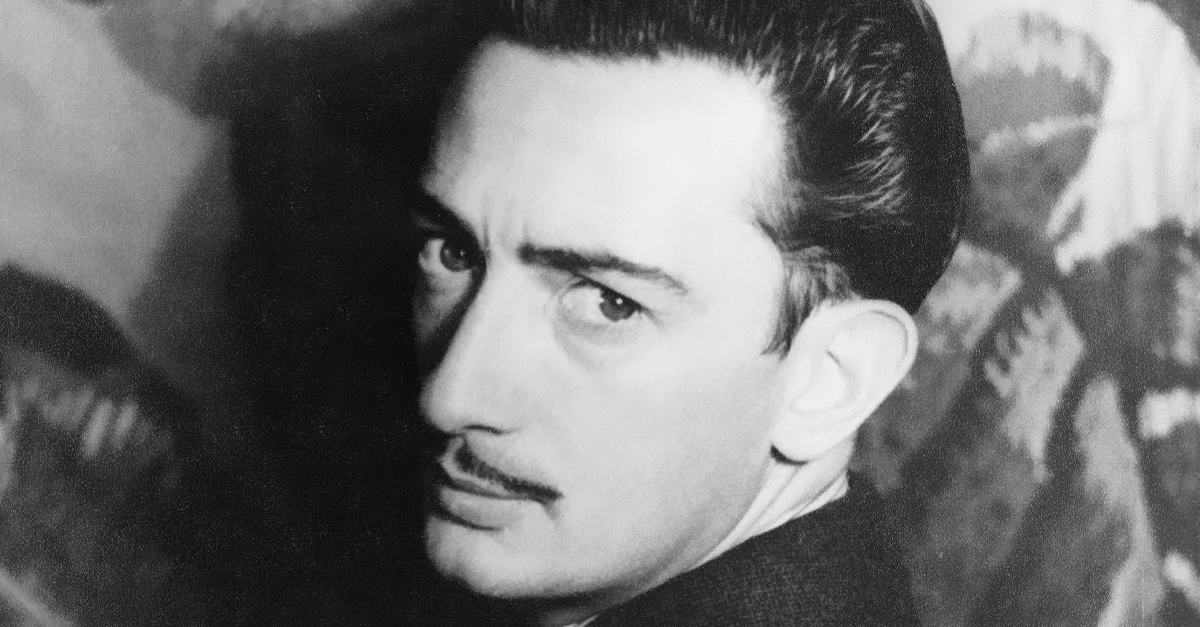Peggy Guggenheim was a woman who didn't just collect art; she lived it. From scandalous affairs to a nose for talent sharper than a chisel, Peggy became almost as famous as the artists she collected…and slept with.
1. She Was A Trailblazing Modern Art Collector
Peggy Guggenheim cemented herself as a modern art icon through her wide-ranging romantic and artistic escapades. She is known best for being an obsessive art collector and passionate lover, bedding a wide gamut of artists, writers, and critics during her lifetime.
She was a strong, sensuous woman who—according to both herself and her biographer Anton Gill—"slept with 1,000 men" while living in Europe.
2. She Was Born Rich
Born into the wealthy Guggenheim family on August 26, 1898, Peggy’s father, Benjamin Guggenheim, was the son of a major mining magnate and brother of the founder of the famous Guggenheim Museum in New York. Her mother, Florette Seligman, came from a prominent banking family.
Despite their comfortable status and wealth, her upbringing was anything but happy.
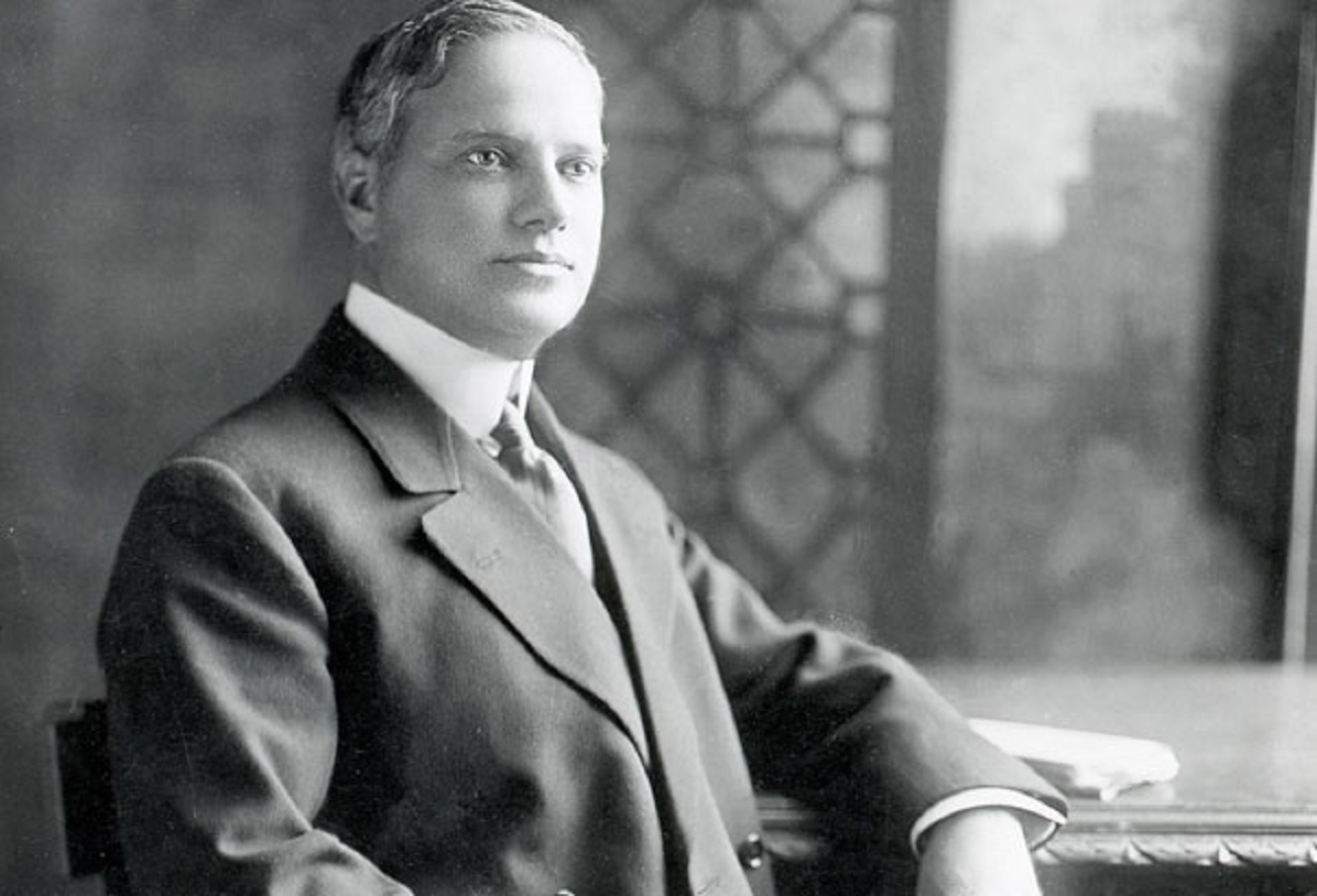 The Titanic passengers and possessions, Wikimedia Commons
The Titanic passengers and possessions, Wikimedia Commons
3. Her Family Was Completely Distant
Peggy Guggenheim often described her childhood as quite lonely. Her mother usually neglected Peggy and her sisters, and her father was often absent from their New York home with his mistresses. "I have no pleasant memories of any kind," Peggy wrote of her early childhood. But during her early teens, even more tragedy would strike their family.
4. Her Father Passed Tragically
In April 1912, Benjamin Guggenheim sank with the SS Titanic. Famously, it was said he and his valet helped countless women and children into safety boats. Dressed to the nines and sipping brandy, he was ready “to go down like gentlemen”. Benjamin’s body, if recovered, was never identified. His passing proved to have a profound impact on Peggy.
5. She Had A Breakdown
Peggy Guggenheim was only 13 years old when she lost her father. After the tragic event, she suffered what she described as a "nervous breakdown” after the incident. Her childhood and her family life were never the same after this incident. Unfortunately, Peggy’s father’s passing came with even more bad news.
 Juan Pablo Serrano Arenas, Pexels
Juan Pablo Serrano Arenas, Pexels
6. Her Inheritance Was Measly
When she was 21, Peggy received her father’s inheritance. While the rest of the Guggenheim family was incredibly wealthy, her father had lost much of his wealth in his business endeavors, leaving Peggy and her sister with a sizeably smaller inheritance compared to their cousins.
In comparing herself to the other Guggenheims, Peggy's felt terribly poor—and she even proclaimed that she didn’t feel like “a real Guggenheim anymore after that". Well, soon enough she wasn’t acting like a Guggenheim either.
7. She Made A Bold Fashion Choice
In her early 20s, Peggy Guggenheim worked at an avant-garde bookstore in Manhattan where she became fascinated with bohemian artists and the bohemian lifestyle. Tired of her family’s stuffy bourgeois world, Peggy began to pursue this new, rebellious lifestyle, even shaving her eyebrows off at one point.
Then she made an even more drastic decision.
8. She Had Famous Friends
In 1920, she moved to France and pursued the Parisian bohemian life, rubbing shoulders with avant-garde artists and writers, like Constantin Brancusi, Djuna Barnes, and Marcel Duchamp. Peggy traveled throughout Europe to explore the worlds of Classical and Renaissance art.
But art and writing wasn’t all Peggy was exploring.
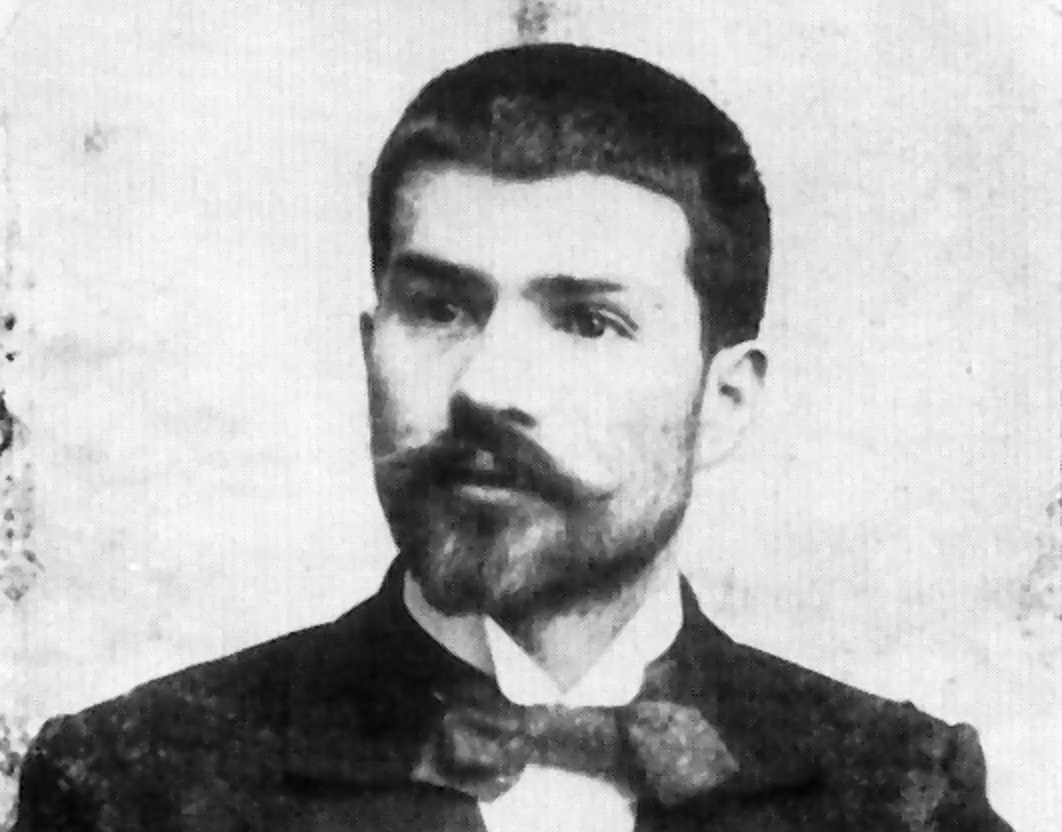 Unknown Author, Wikimedia Commons
Unknown Author, Wikimedia Commons
9. She Was Inspired To Explore Her Body
While discovering the world of art, Peggy Guggenheim became deeply interested in all things to do with bedroom desires. When Peggy was 23, she came across some shocking photographs—frescoes from Pompeii showing people being intimate in mulitple positions. In her autobiography, Peggy said that she was “very curious and wanted to try them all out myself”.
Soon, she was able to satiate those curiosities.
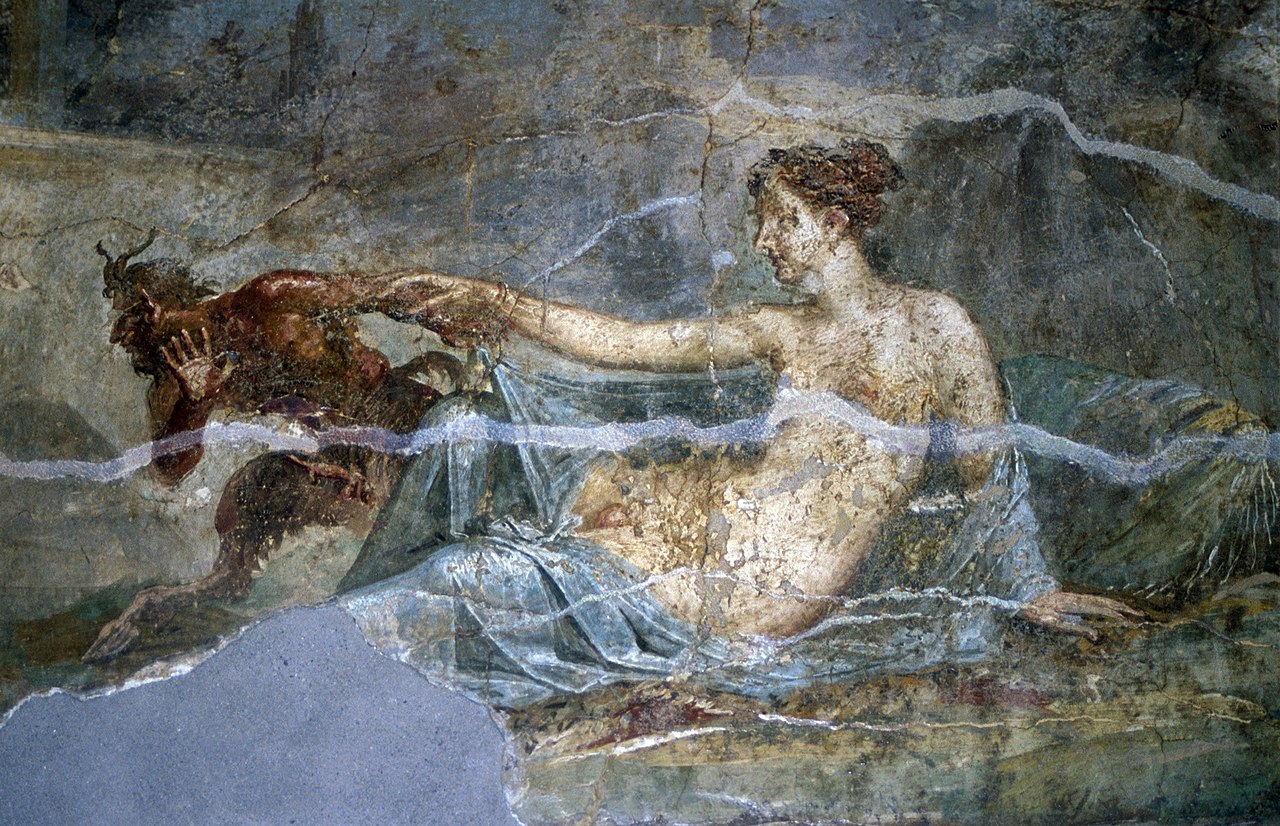 TyB, CC BY 2.0, Wikimedia Commons
TyB, CC BY 2.0, Wikimedia Commons

History's most fascinating stories and darkest secrets, delivered to your inbox daily.
10. She Was Very Forward
Peggy was very proactive with these curiosities. In one of her first romantic encounters, Laurence Vail, a respected artist and writer visited her at home in Paris, when Peggy’s mother was out. Vail attempted to get Peggy to sleep with him, which she quickly agreed to.
Thrown off guard by her willingness, Vail told her since her mother might interrupt them, it would be wiser if Peggy just visited his hotel room. Without skipping a beat, Peggy grabbed her hat and said “How about right now?” Peggy’s forwardness soon paid off.
11. She Married For A Scandalous Reason
At the age of 23, Peggy Guggenheim entered the first of her many marriages, wanting to “get rid” what she called her "burdensome" virginity. She ended up marrying Laurence Vail, who was referred to at the time as "the King of Bohemia". They married in 1922 and had two children, Sindbad and Pegeen.
But their marriage proved to be anything but peaceful.
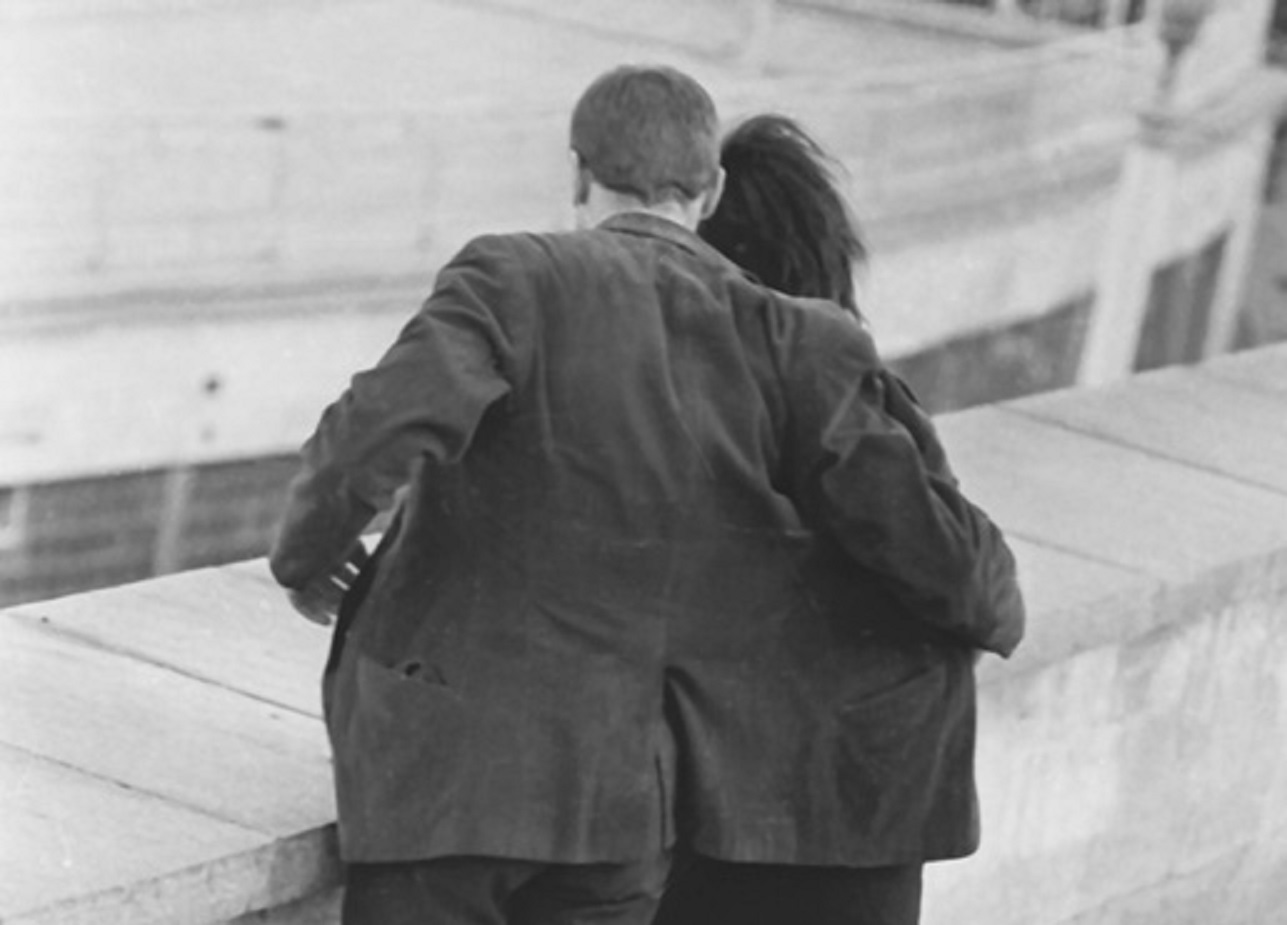 Ion Chibzii, CC BY-SA 2.0, Wikimedia Commons
Ion Chibzii, CC BY-SA 2.0, Wikimedia Commons
12. Her First Husband Was Violent
Vail proved to be a terrible husband. He was awfully aggressive towards Peggy. He was known to be an angry drinker who threw Peggy’s shoes out the window and destroyed chandeliers and mirrors. At one point, he even submerged her head in the bath water.
If this scary behavior wasn’t bad enough already, he proved to be even worse of a partner later on in their marriage.
13. She Was Cheated On
Even throughout Vail’s frequent bouts of aggression and temper tantrums, Peggy still chose to stick with him. That is, until Vail dealt her the ultimate betrayal. He cheated on Peggy. He had an affair with American writer, novelist and activist Kay Boyle in 1928. Soon after this affair came to light, Peggy and Vail’s marriage became irreparably broken.
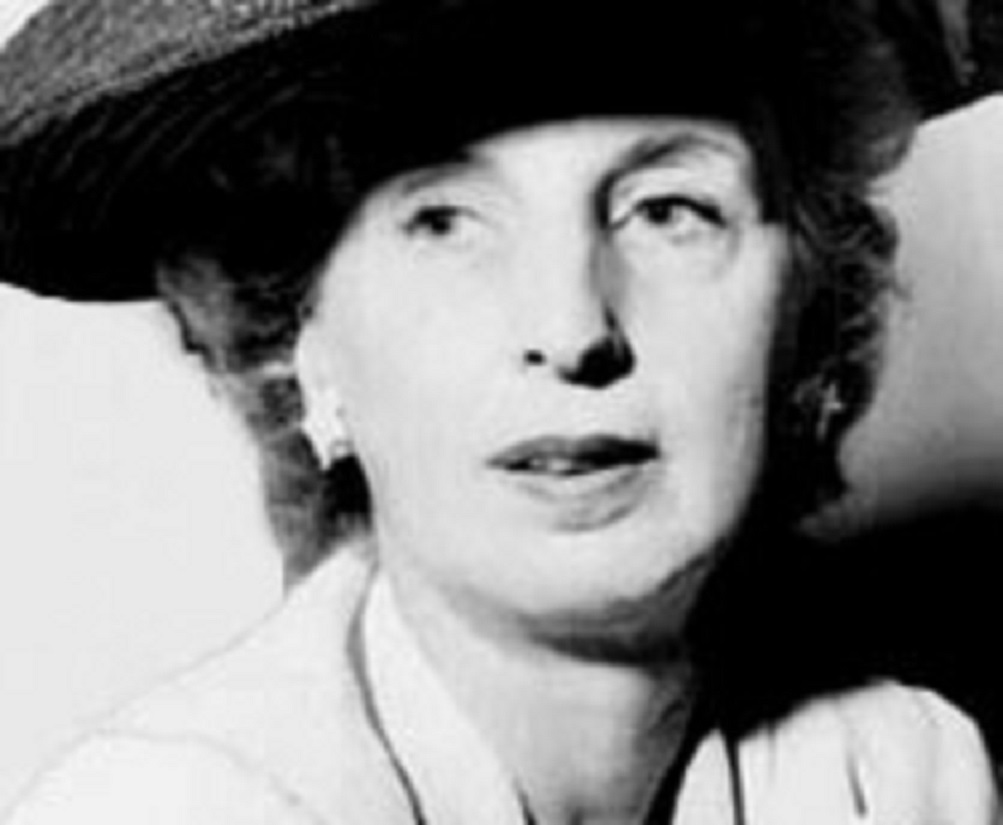 JillandJack, Wikimedia Commons
JillandJack, Wikimedia Commons
14. She Went On The Rebound
After her divorce from Vail in 1928, Peggy Guggenheim took on British writer and critic, John Ferrar Holms, as her new lover. Holms and Peggy met in 1928 while she was visiting friends. The day they met, Holms led her to a tower and kissed her. Peggy wrote in her autobiography that she “can attribute everything that followed to that simple little kiss".
But much like her previous marriage, John Holms came with his fair share of issues.
15. Her New Lover Was Also Brutal
Unfortunately for Peggy, she had a penchant for dating brutal men. Holms put Peggy through terrible acts, such as making her stand for long stretches of time, without clothes, in front of the open window in the middle of winter. But it gets worse.
Holms would even throw drinks in her eyes and tell her that he wanted to pummel her face “so that no man will ever look at it again". Soon, he would also be out of her picture.
16. Her Lover Passed Suddenly
In 1933, Holms had fractured his wrist while riding with Peggy. Doctors had suggested to him to get a simple surgery for this injury. On the morning of the surgery January 19th, 1934, while under the anaesthetic, John Holms died, leaving Peggy single once again.
Despite this tragedy, Peggy was quick to bounce back.
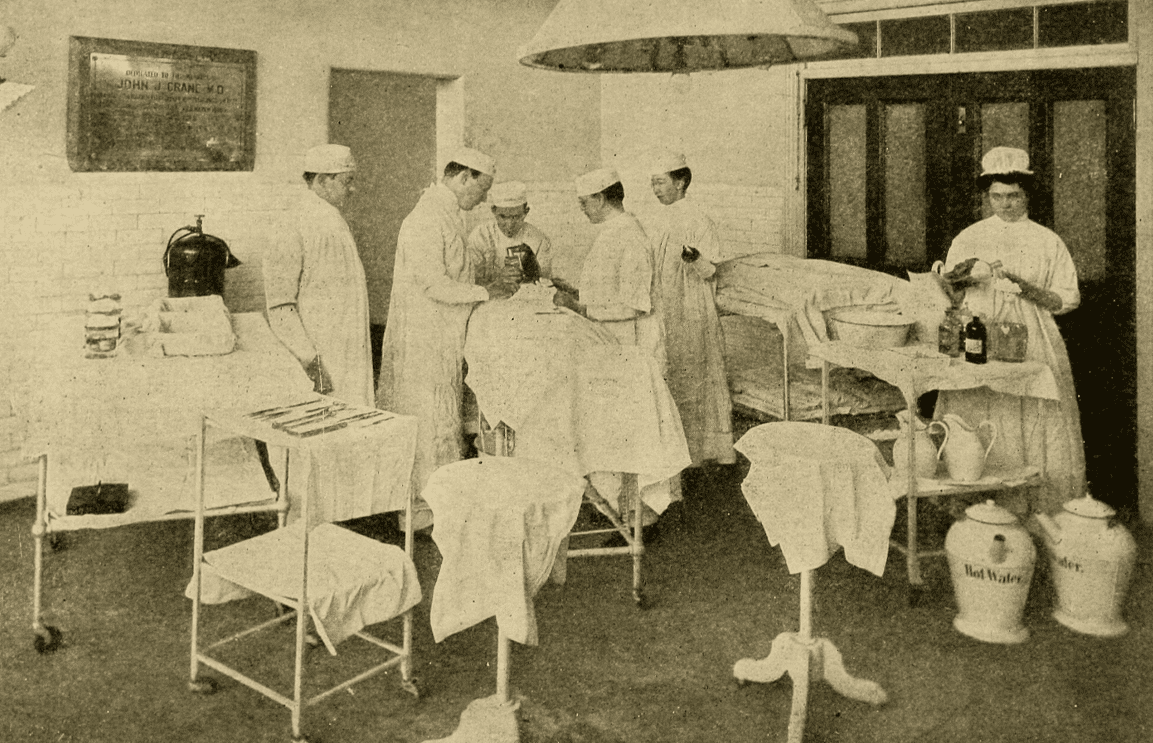 Internet Archive Book Images, Wikimedia Commons
Internet Archive Book Images, Wikimedia Commons
17. She Hit It Off With An Old Acquaintance
Holms's sudden passing didn’t put a wrench in Peggy’s love life—in fact, it accelerated it. She quickly moved in with Douglas Garman, the director of a publishing house whom she and John had met in 1933. In the wake of Holms's demise, Garman wrote Peggy a letter of condolence. The pair had dinner together and soon after, became lovers.
18. She Was In Love With Another Man
This new romance didn’t come out of nowhere. Garman had previously asked to spend Easter with Peggy and Holms in their home in Paris. It was during this time that Peggy had “fell in love with him,” despite still being with Holms at the time, and Garman also having a lover at the time.
But Peggy’s new relationship would later meet a similar fate to her previous ones.
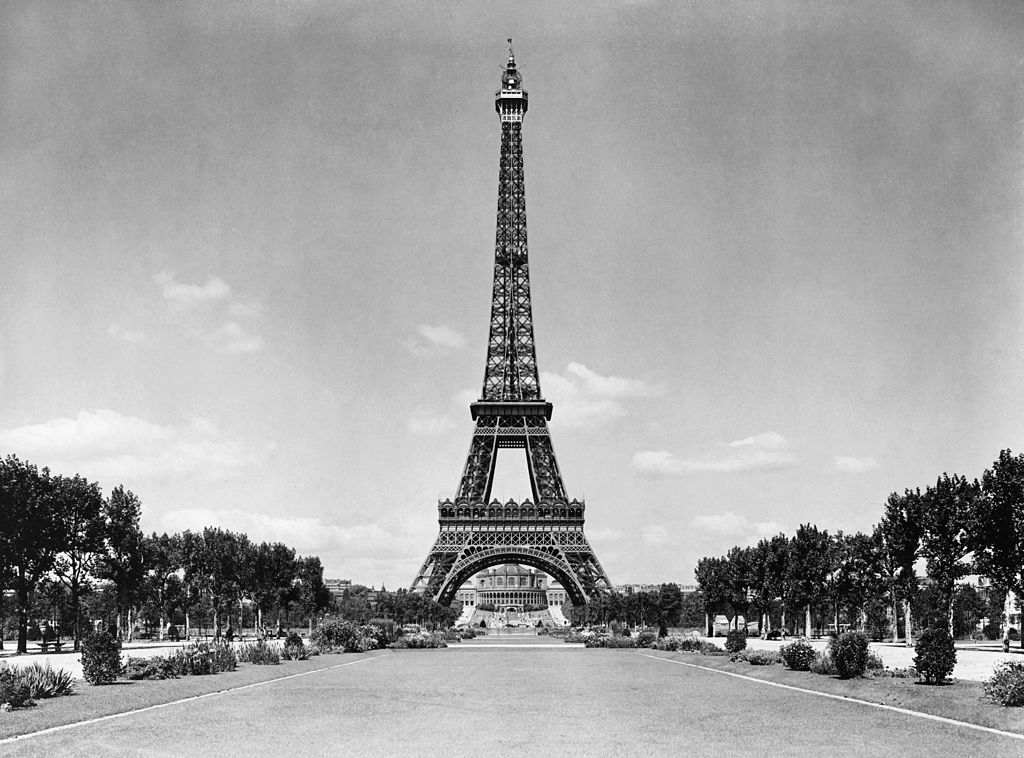 Unknown Author, Wikimedia Commons
Unknown Author, Wikimedia Commons
19. Her Lover Was A Radical
Douglas Garman, who was already working for a leftist publisher, became more and more involved in politics, namely communist and Marxist circles. He joined the Communist Party of Great Britain, and encouraged Peggy to do the same—which she did, to make him happy.
Instead of staying at home with Peggy, he became a traveling lecturer. It became clear there was tension in their relationship.
20. Her Relationship Began Falling Apart
Peggy and Garman’s relationship was characterized by differences in temperament, with Peggy moving at a much faster pace than Garman. Despite these disparities, Peggy tried her best to please Garman and his increasing involvement in communist circles.
Still, she complained about her “extremely lonely life” with Garman. As time went on, she felt him drifting further and further away. Then came the worst part.
21. She Experienced A Cruel Betrayal
Douglas Garman eventually fell for another woman from the communist party, and moved away with her. At this point, Peggy realized that she needed to find a job and purpose since she “had never been anything but a wife for the last fifteen years”. Instead of sulking around, Peggy’s friend Peggy Waldman made a brilliant suggestion.
22. She Went Her Own Way
Waldman told Peggy she should open her own art gallery, and that’s exactly what she did. After gallivanting with various men for most of her twenties, Peggy moved to London and opened her first gallery, Guggenheim Jeune, in 1938.
Guggenheim Jeune debuted with an exhibition of work from French artist Jean Cocteau. Peggy’s gallery hosted an impressive array of exhibitions, including works by Henry Moore, Pablo Picasso, and Yves Tanguy. But Peggy found ways to mix business and pleasure.
23. She Was Seduced By A Famous Writer
Around the opening of Guggenheim Jeune, Peggy began to see future Nobel Prize-winning Irish author and playwright, Samuel Beckett in Paris. He and Peggy met in 1939, at a dinner thrown by a mutual friend. Beckett ended up walking Peggy home to her apartment, but decided to come in, stretched out on her sofa, and asked her to join him.
Beckett's forward seduction techniques soon led to their passionate affair.
24. She Had A Passionate Fling With Samuel Beckett
Beckett and Peggy shared some passionate moments together. One of the most notable anecdotes from their time together was when they enjoyed four full days together in their hotel room, only getting up to order room service. While they had enjoyed their time together, like the rest of Peggy’s relationships, their fling soon fizzled out.
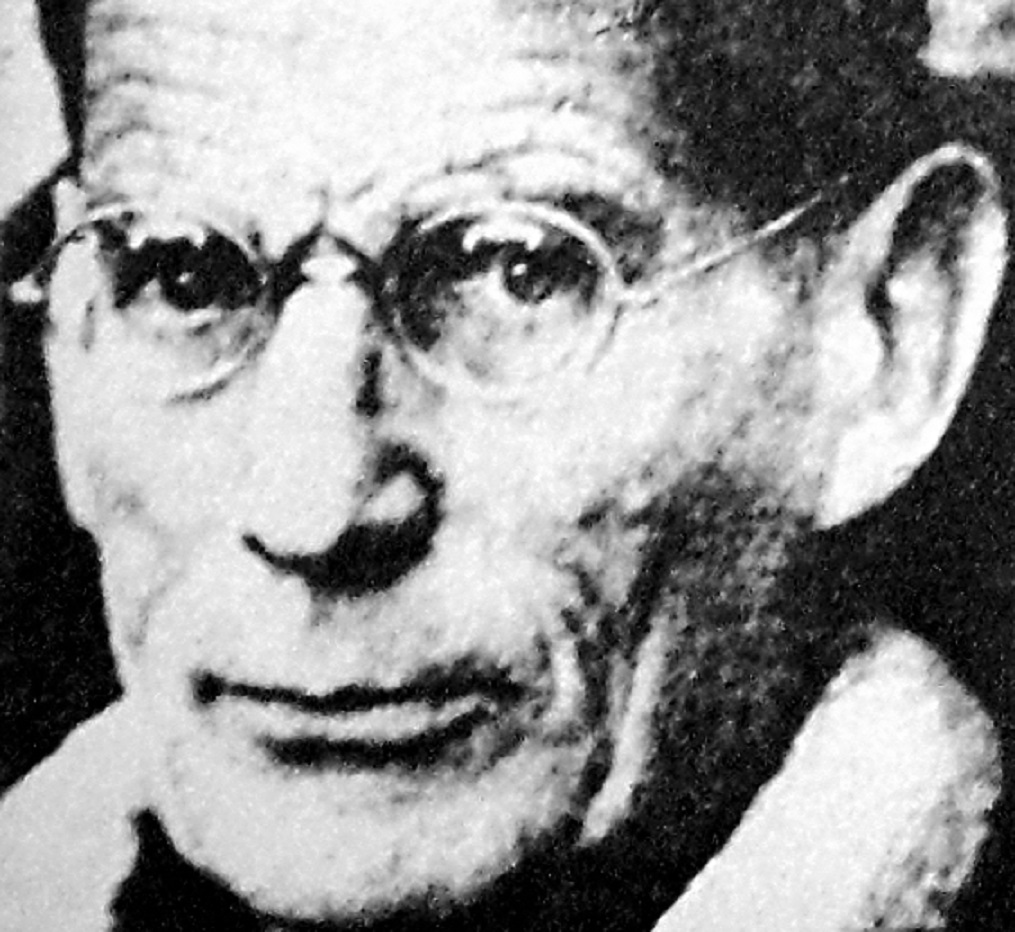 Unknown Author, Wikimedia Commons
Unknown Author, Wikimedia Commons
25. She Loved Sleeping With Famous People
It was rumored that Peggy loved to sleep with so many men because it helped with her low self-esteem and made her feel more desirable. She especially had a taste for sleeping with famous, highly-esteemed folks in the creative industries. Her past lovers, including Samuel Beckett and Laurence Vail were all famous figures in their respective industries.
Her love for romance, fame, and art continued to blossom as she began to expand her gallery and art collection.
26. She Became An Obsessive Collector
While their affair was brief, but intense, Samuel Beckett left his artistic influence on Peggy by suggesting she solely focus her art collection on modern artists and ditch the older styles. With the opening of her very first gallery, Peggy established herself as an art connoisseur.
She began amassing her own personal collection of artwork, often buying at least one piece from each of her exhibitions at the gallery for herself. Soon, Peggy became an obsessive and eccentric art collector.
27. She Developed Eccentric Tastes
After the start of WWII, Peggy made it her mission to amass as much abstract and surrealist art as possible, at one point aiming to buy one painting a day. She was a champion for the abstract, the surreal, and other modern forms of art. She purchased works by Salvador Dalí and other renowned modern artists.
Even as the fighting picked up, Peggy showed no signs of slowing down her art purchasing.
28. She Snapped Up Paintings Even During An Invasion
The German’s invasion of parts of Europe did little to faze Peggy’s resolution to buy a painting a day. Peggy famously bought French painter Fernand Léger’s “Men in the City” on the day the German army invaded Norway. Fernand said he was “astonished by her sang froid”.
Peggy would continue her relentless pursuit of modern art, even as the Germans drew nearer and nearer.
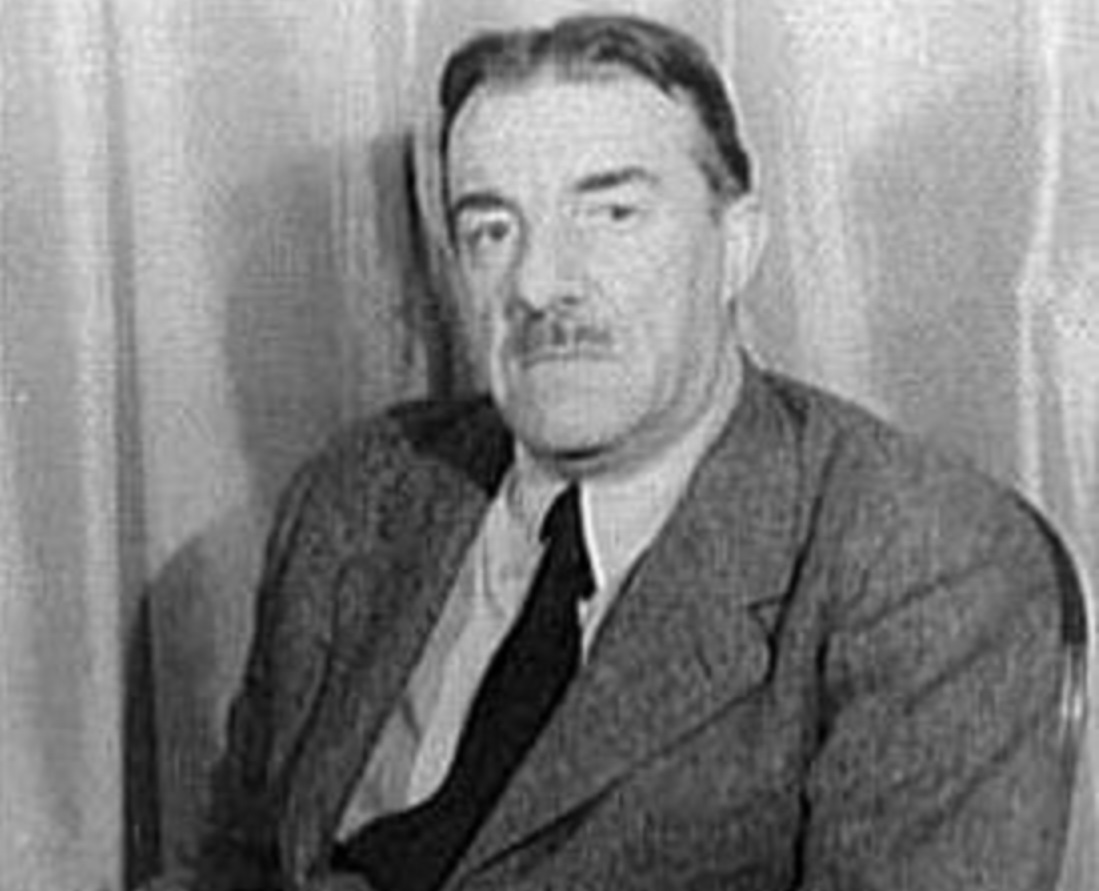 Carl Van Vechten, Wikimedia Commons
Carl Van Vechten, Wikimedia Commons
29. She Slept With A Sculptor
Peggy had been desperate to get her hands on a sculpture by Romanian sculptor Constantin Brancusi. She had her eyes set on the soaring “Bird in Space” sculpture, which was also one of his favorite sculptures—and she went to extreme lengths to get her hands on it. Peggy would visit him daily, thinking that if she slept with him, the “Bird” wouldn't be so expensive.
 Edward Steichen, Wikimedia Commons
Edward Steichen, Wikimedia Commons
30. She Bought A Sculpture While Paris Was Invaded
Peggy’s advances were successful, and she was able to purchase Brancusi's “Bird in Space” in Paris, despite Germany's advancements. Peggy recalled in her autobiography that Constantin carried out the “Bird” with tears in his eyes. “I never knew if it was because he was parting with me or his favorite 'Bird,'" she wrote.
31. She Fled Europe
Soon after her purchase of Constantin’s “Bird in Space,” Peggy realized Europe was no longer safe enough for her, or her art collection. Peggy knew it was time to leave. She quickly made plans to flee German-occupied Paris, France just in the nick of time.
In 1941, she returned to her hometown, New York, New York.
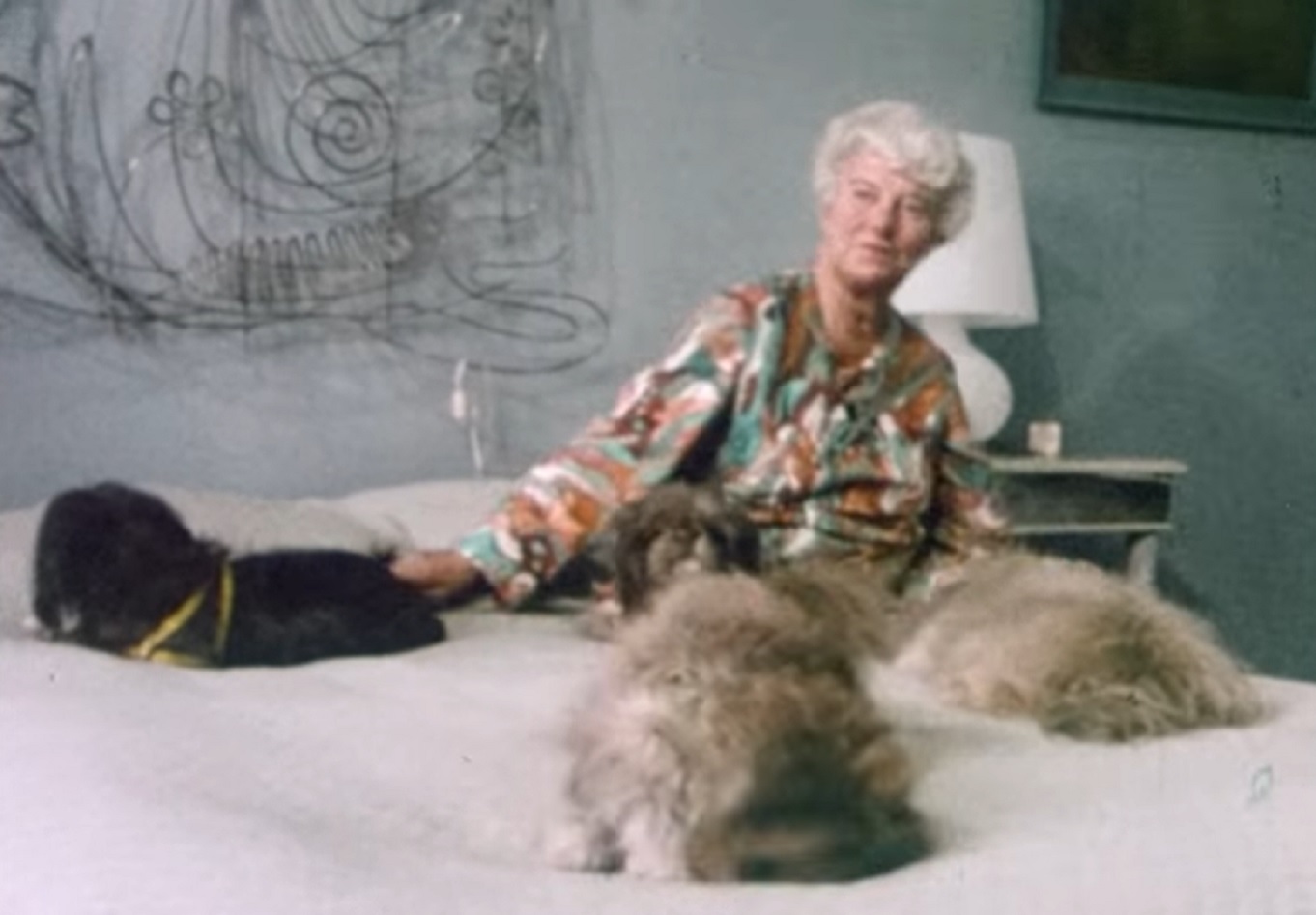 Dakota Group, Peggy Guggenheim- Art Addict (2015)
Dakota Group, Peggy Guggenheim- Art Addict (2015)
32. She Left For New York With An Unconventional Group
Peggy rounded up an odd group of people to escape with her to New York, including her children Pegeen and Sindbad, her ex-husband Laurence Vail, Vail’s new wife and kids, as well as German surrealist artist Max Ernst, who she held an exhibition of at Guggenheim Jeune.
Peggy and Ernst would soon hit it off in America.
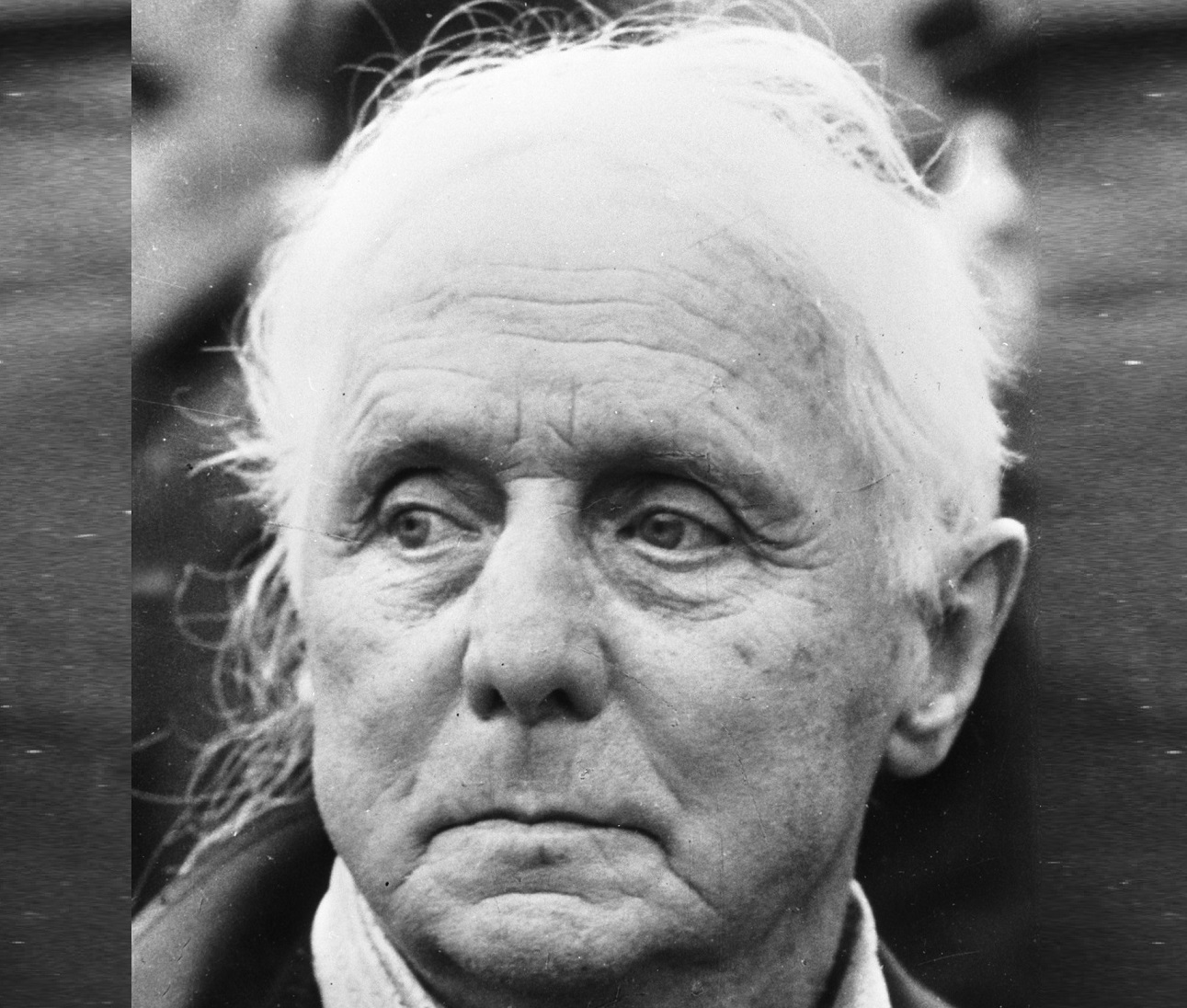 Unknown Author, Wikimedia Commons
Unknown Author, Wikimedia Commons
33. She Protected Invaluable Artwork
Peggy went to great lengths to safeguard her art collection during a time where the German government deemed contemporary art “degenerate”. She even approached the Musée du Louvre in Paris to shelter her collection from the conflict, but they declined.
Peggy’s priceless collection ended up being shipped as “household goods” to New York.
34. She Opened A New Gallery
Peggy quickly established herself in a new continent and found a home for her art collection. She opened another gallery, The Art of This Century Gallery in Manhattan in 1942. The gallery was a resounding success and cemented Peggy’s status as one of the most influential figures in the contemporary art world.
With her gallery taking off, Peggy turned her eyes back to her love life once again.
35. She Married An Artist… Again
After taking a couple of years off from her love life to establish herself as a contemporary art maven (and escape the conflict in Europe), Peggy set her sights back on her romantic endeavors. In 1941, she settled down with Max Ernst, whom she helped flee to America.
But, Peggy’s love life was never that easy—things quickly took a turn for the worse.
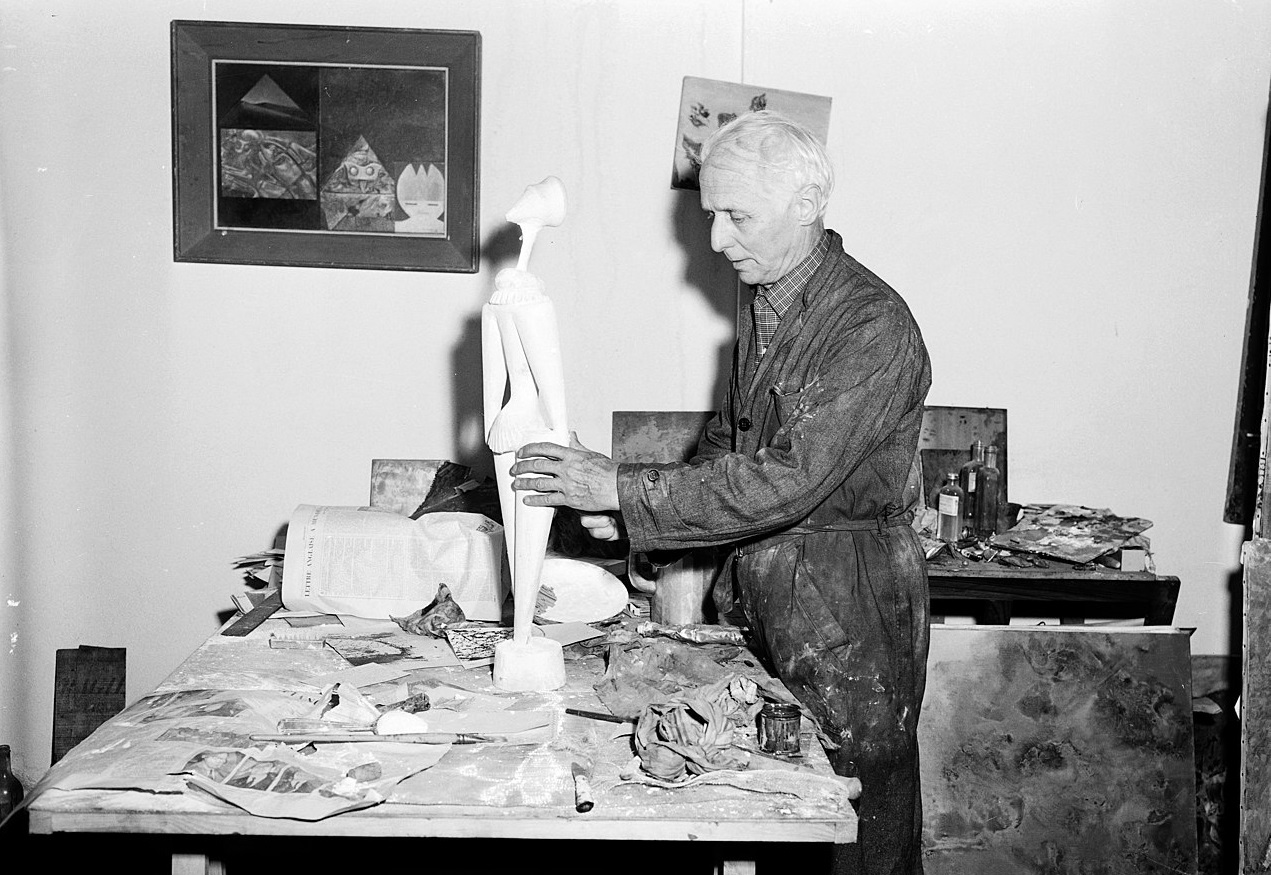 National Archives at College Park, Wikimedia Commons
National Archives at College Park, Wikimedia Commons
36. She Had Another Odd Relationship
Once again displaying her desire to be with famous people, when Peggy was asked why she fell in love with Ernst, she said, “Because he’s so beautiful and because he’s so famous”. Their relationship was once again, an unconventional one. Ernst would sometimes cross-dress by wearing Peggy’s clothes.
Even worse though, this marriage was, like Peggy’s first—a tumultuous one with many quarrels and some physical cruelty. Like her many relationships, this one didn’t last long either.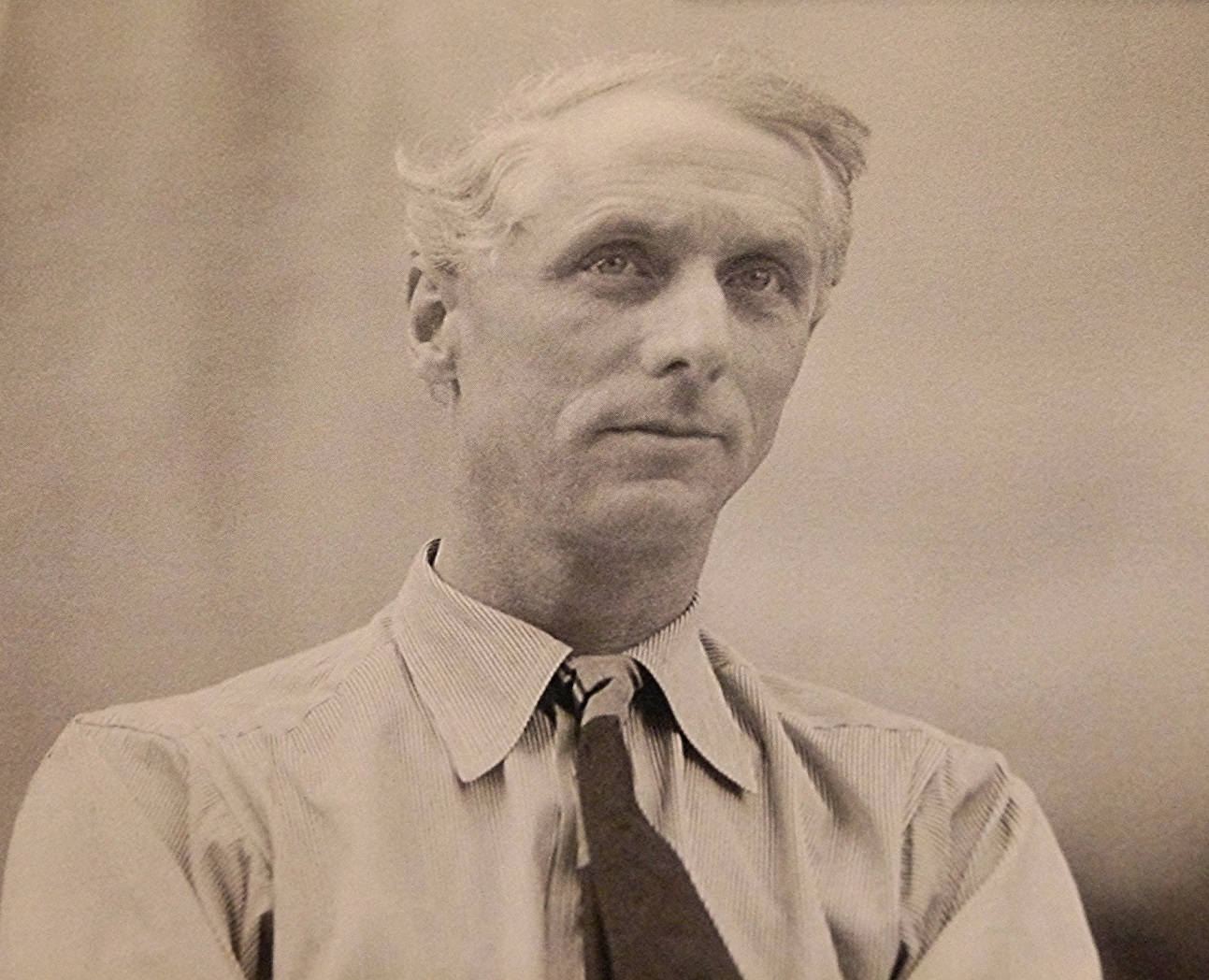 Antonio Marín Segovia, Flickr
Antonio Marín Segovia, Flickr
37. Her Husband Fell For One Of Her Artists
In some ways, Peggy believed she helped spark her own divorce. She had organized a new exhibition called 31 Women—the first all-woman art exhibition in America. It was through this endeavor that Ernst met Dorothea Tanning, a fellow surrealist artist. The two fell in love and Ernst quickly shacked up with her.
Peggy and Ernst got divorced only a couple of years later in 1946. Once again, she found herself all alone.
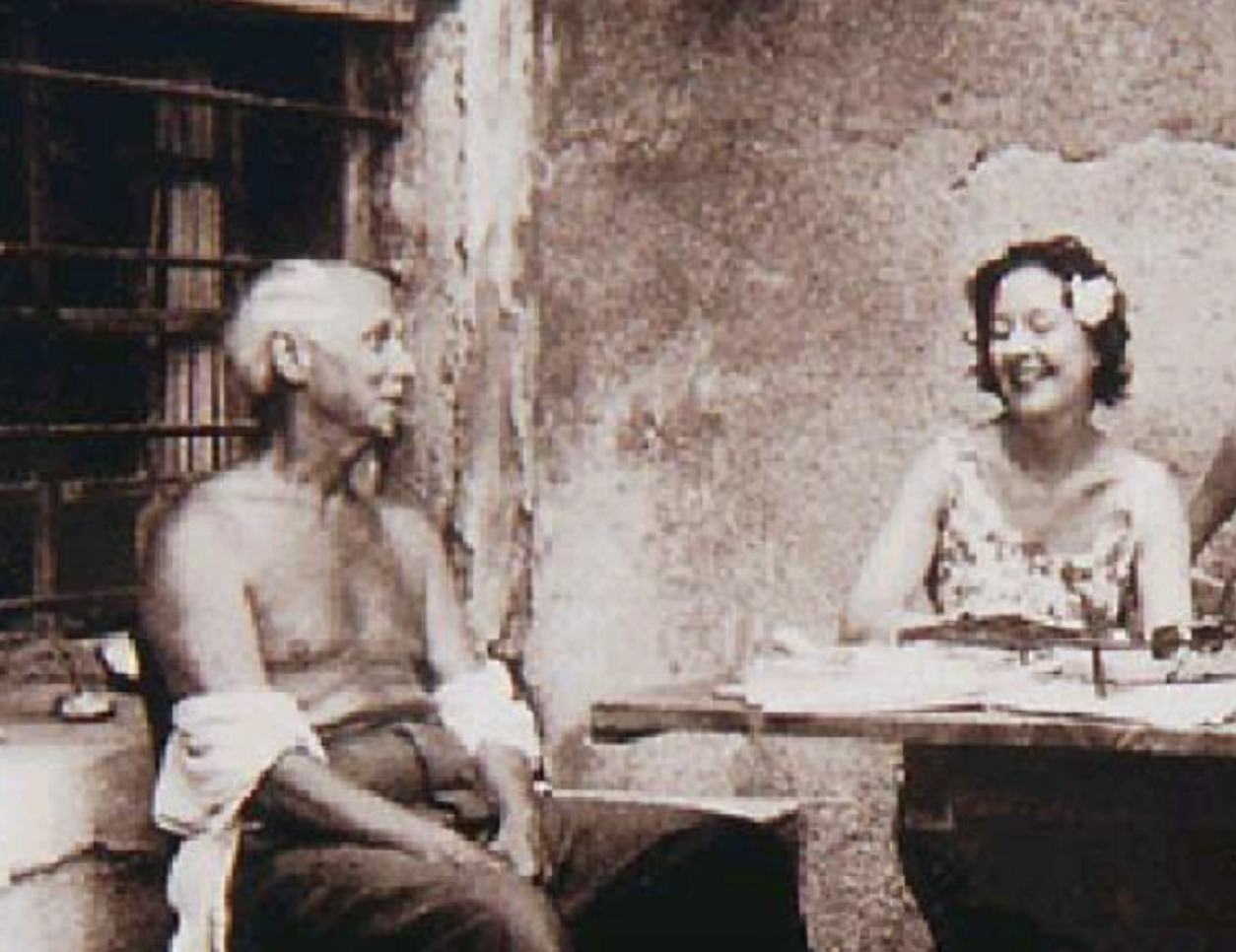 willy mucha, CC BY-SA 4.0, Wikimedia Commons
willy mucha, CC BY-SA 4.0, Wikimedia Commons
38. She Helped Discover New Art Talent
While she was still struggling to find success in her love life, Peggy’s art career was flourishing—and she was helping new artists find their footing as well. One of Peggy’s greatest claims was the discovery of Jackson Pollock, a renowned American abstract expressionist painter.
Peggy was a faithful patron to Pollock, and helped propel his art career exponentially.
39. She Helped Him Quit His Job
She commissioned Jackson Pollock to paint a mural for her new apartment, which he reportedly completed in one night. Upon the completion of the mural, she signed a contract with him and paid him a monthly allowance that allowed him to quit his job as a carpenter and become a full-time artist.
Peggy was also the first to host a solo exhibition of Pollock’s work. She was a true believer of his potential—but it wasn't all smooth sailing.
40. Her Patronage Wasn’t Always Appreciated
Peggy described her relationship with Pollock as a very motherly one. She had once called herself “the midwife”. However, as Pollock became more popular in art circles, and found a wife in fellow American artist Lee Krasner, Peggy felt like an outsider.
“I felt at the time they [Pollock and his wife Lee Krasner] were very ungrateful at the time,” she claimed.
 Gotfryd, Bernard, Wikimedia Commons
Gotfryd, Bernard, Wikimedia Commons
41. She Released Her Autobiography
It was around 1946 when Peggy released her autobiography entitled Out of This Century later edited and republished as Confessions of an Art Addict (now published by Harper Collins). Her autobiography was filled to brim with her many romantic exploits, including her affairs with many artists, a hairdresser, and a ski instructor.
She even claimed to have been with several gay men. However, her shocking stories didn't end there.
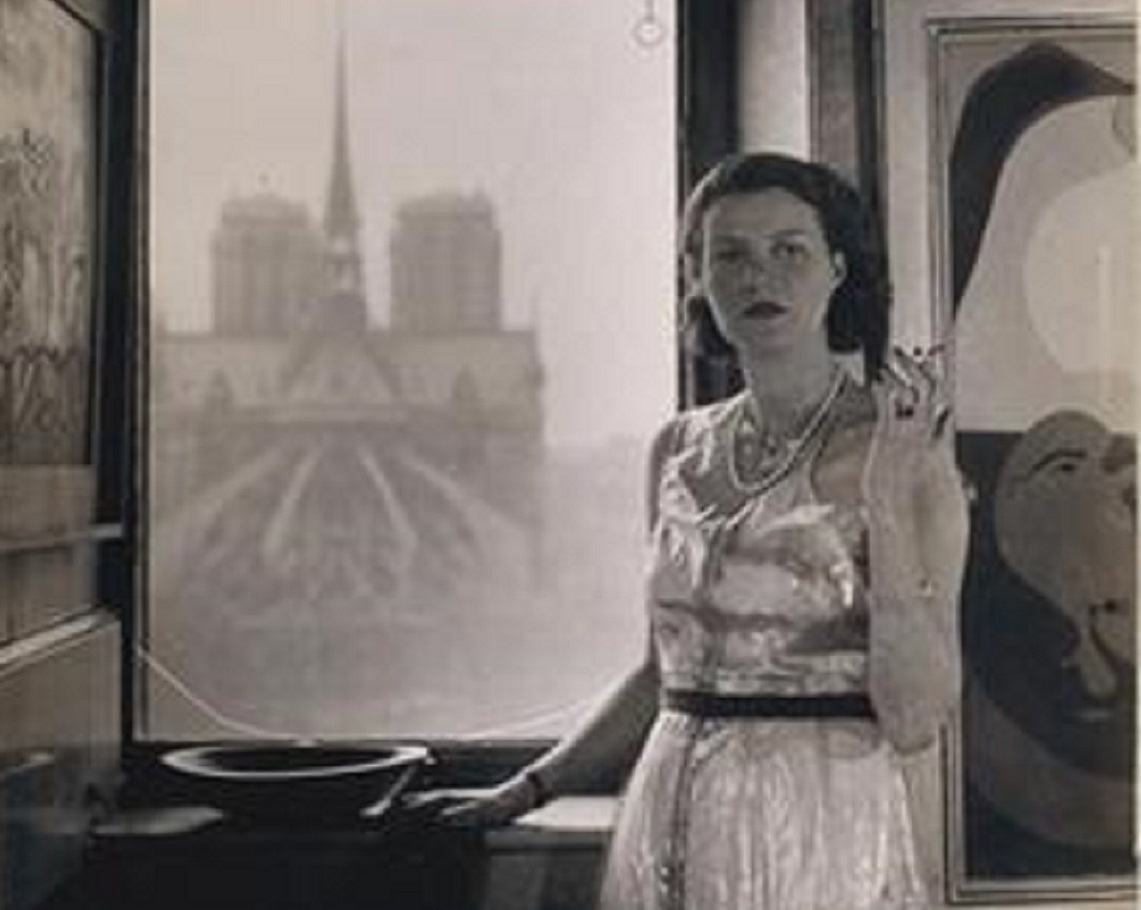 http://www.photo.rmn.fr, Wikimedia Commons
http://www.photo.rmn.fr, Wikimedia Commons
42. She Was Ahead Of Her Times
Peggy was ahead of her times in many ways. From her wide-ranging romantic exploits that were most definitely frowned upon during her time, to her love for cutting-edge art, it was clear that Peggy was not like most women of her generation. She was unconcerned and blunt about even the most personal details of her life, such as telling interviewers about her multiple abortions or her nose job gone wrong.
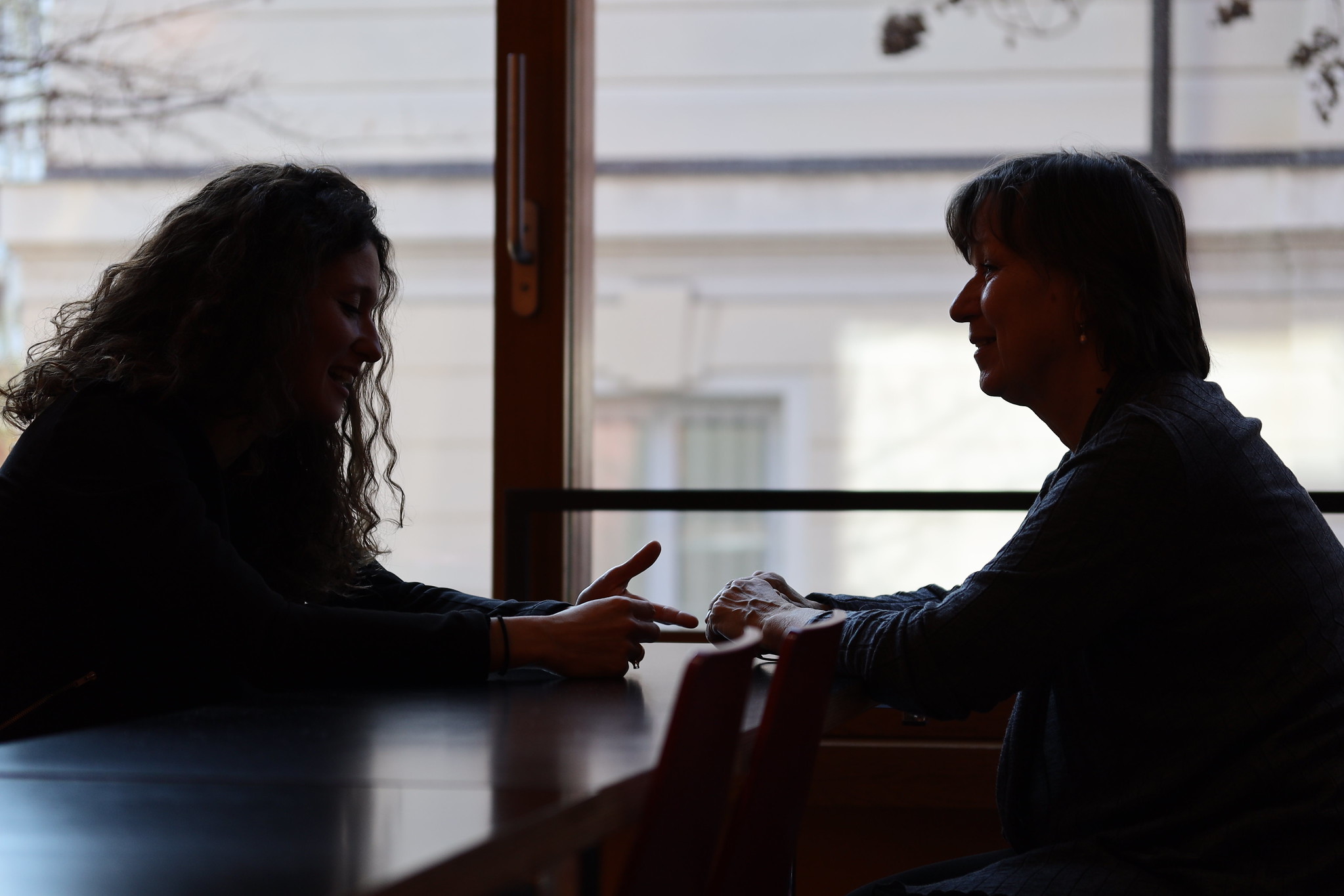 SNSF Scientific Image Competition, Flickr
SNSF Scientific Image Competition, Flickr
43. She Went Back To Europe After The War
In 1947, following her divorce with Max Ernst and after the end of the conflict, Peggy decided to fly back to Europe. She had decided on Venice, Italy as her new stomping grounds. Peggy said she had always preferred Europe to America, and loved Venice far more then anywhere else on the planet. She felt she “would be happy alone there”.
It was the start of something new.
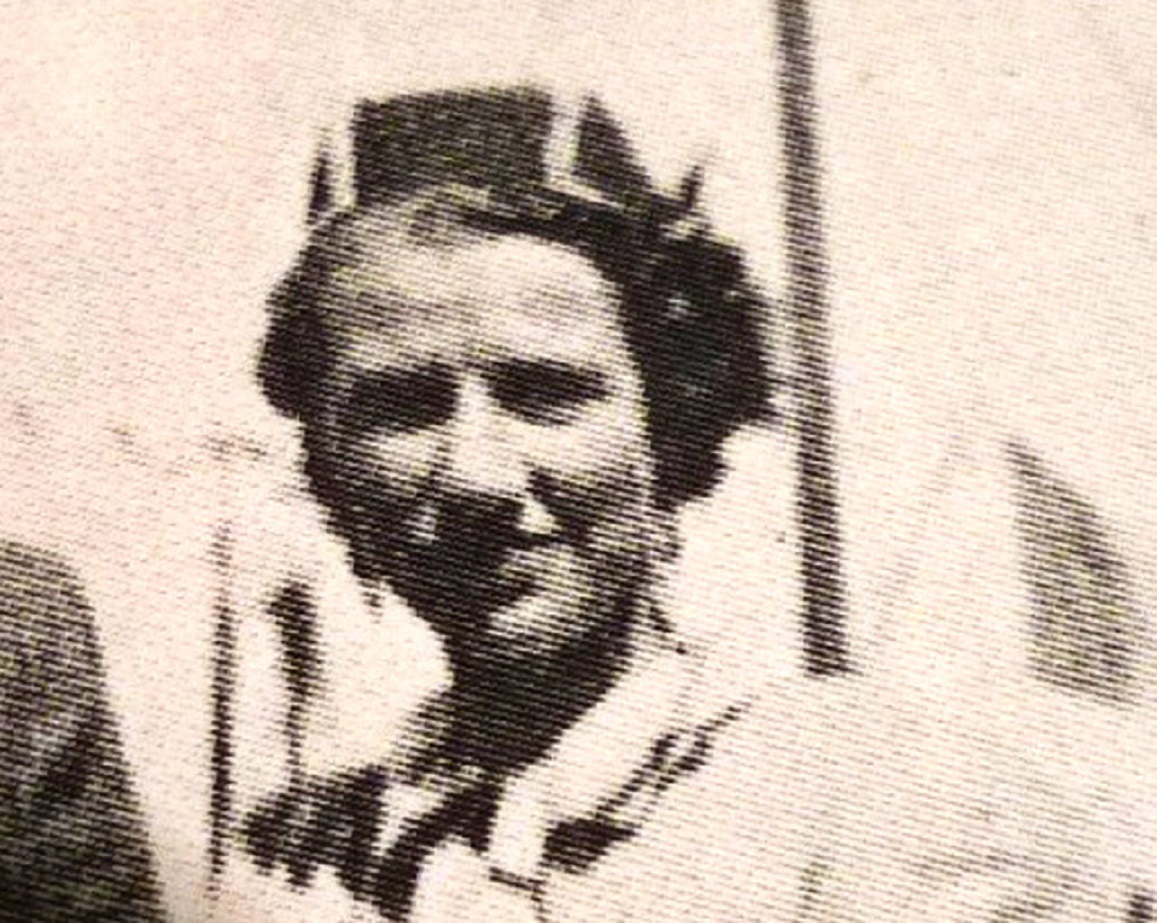 archives familiales, CC BY-SA 4.0, Wikimedia Commons
archives familiales, CC BY-SA 4.0, Wikimedia Commons
44. She Bought A Palazzo Along The Canal
Peggy decided to purchase Palazzo Venier dei Leoni, an unfinished mid-eighteenth-century building on the Grand Canal, previously owned by an English viscountess. She exhibited her art collection here and in the garden, and ended up spending the rest of her life here as well—without a partner.
Peggy’s Venice art collection would be her most important one.
45. She Became A Local Celebrity
Once she settled down in Venice, Peggy became something of a local celebrity. She certainly stood out—and became known for her flashy pair of butterfly sunglasses. As she roamed around town with her dogs in her private gondola, Peggy undoubtedly drew attention. Her beautiful palazzo home also became a hot spot for visiting artists who came to Venice.
46. Her Art Collection Toured The Continent
From 1951 and onwards, Peggy opened her palazzo and her extensive collection several days a week to the public. Her home became a de facto art museum for visitors to enjoy. Her art collection's reputation soared as it made its way around Europe. On the surface, Peggy Guggenheim was a massive success—but behind closed doors, she had a hidden darkness.
47. She Spent The Rest Of Her Life Alone
While she had built a successful career as a collector and was reported to have had some casual flings with young Italian men, Peggy wrote that was frequently lonely towards the end of her life.
"God forbid my ever getting too attached again in my life to anyone. So far everyone I loved has died or made me madly unhappy by living. Life seems to be one endless round of miseries. I would not be born again if I had the chance,” she wrote.
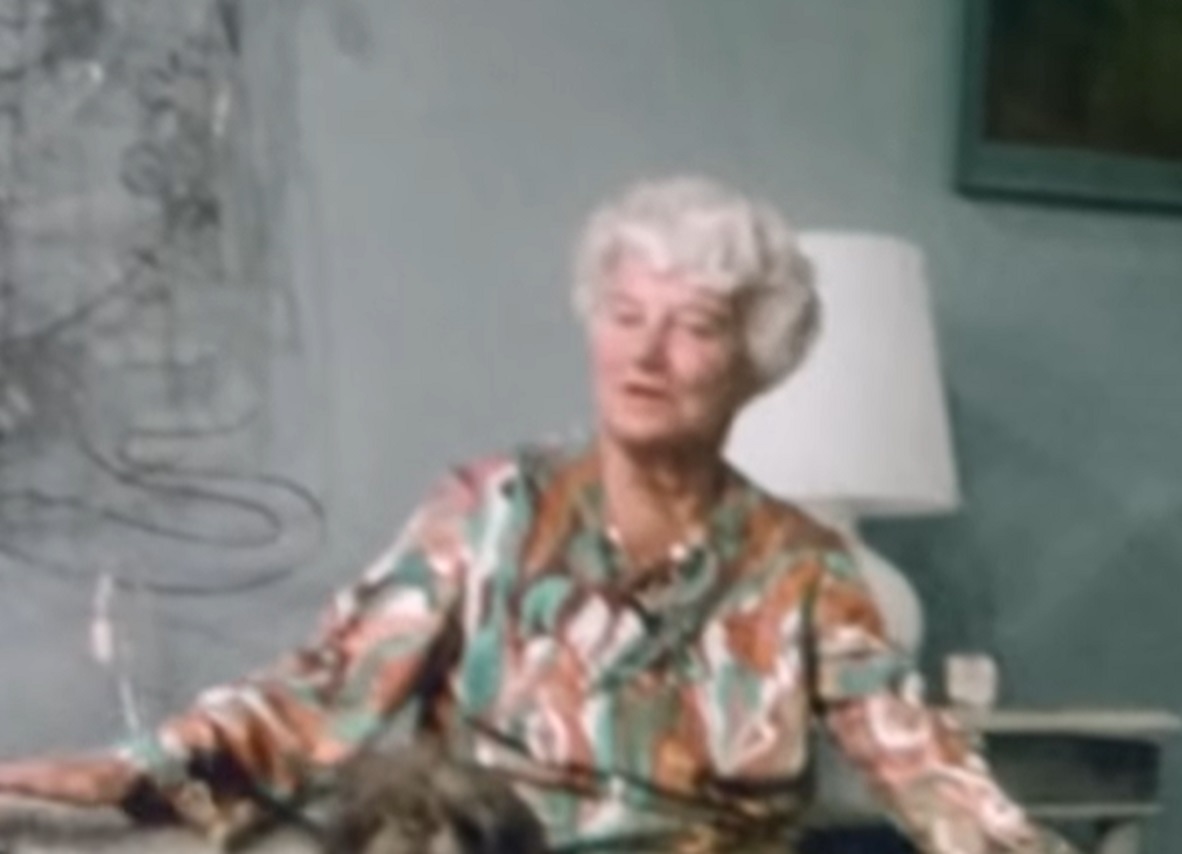 Dakota Group, Peggy Guggenheim- Art Addict (2015)
Dakota Group, Peggy Guggenheim- Art Addict (2015)
48. She Hated Tourists
With her palazzo becoming a popular art tourism attraction in Venice, housing over 260 art pieces across a gamut of genres, and with Peggy already being a high-profile figure, she tried desperately to avoid the crowds. Peggy always abandoned ship when the museum was open to visitors three times a week. “I try to avoid fools,” she once said.
49. She Passed Of A Stroke
In her last few years, Peggy’s health was quite poor and she seemed uninterested in art and nearly everything else. She wouldn’t do much all day, but she devoted her evenings to rides in her private gondola. She fell ill for some time before suffering a stroke in November 1979. She passed in a hospital the day before Christmas Eve in Camposampiero, Italy at the age of 81.
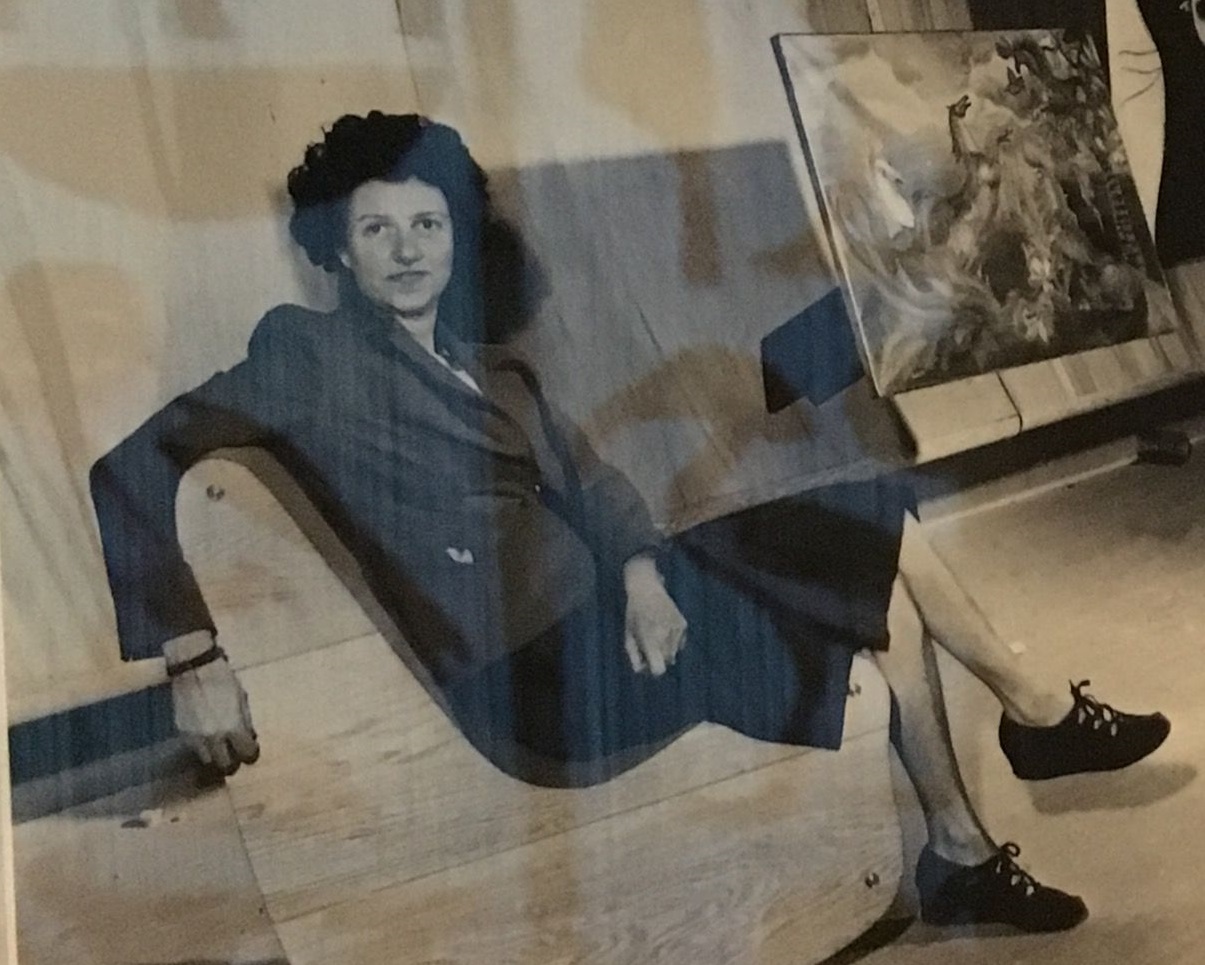 Manuelarosi, CC BY-SA 4.0, Wikimedia Commons
Manuelarosi, CC BY-SA 4.0, Wikimedia Commons
50. Her Ashes Laid With Her Dogs
Peggy’s ashes were buried on her Venetian palazzo’s grounds, next to her dogs. She often called her Lhasa Apso dogs her “beloved babies" and there are many photographs of her with her furry friends. It was Peggy’s dream to have her final resting place close to them—all together in their forever sleep.
 Smerus at English Wikipedia, Wikimedia Commons
Smerus at English Wikipedia, Wikimedia Commons

